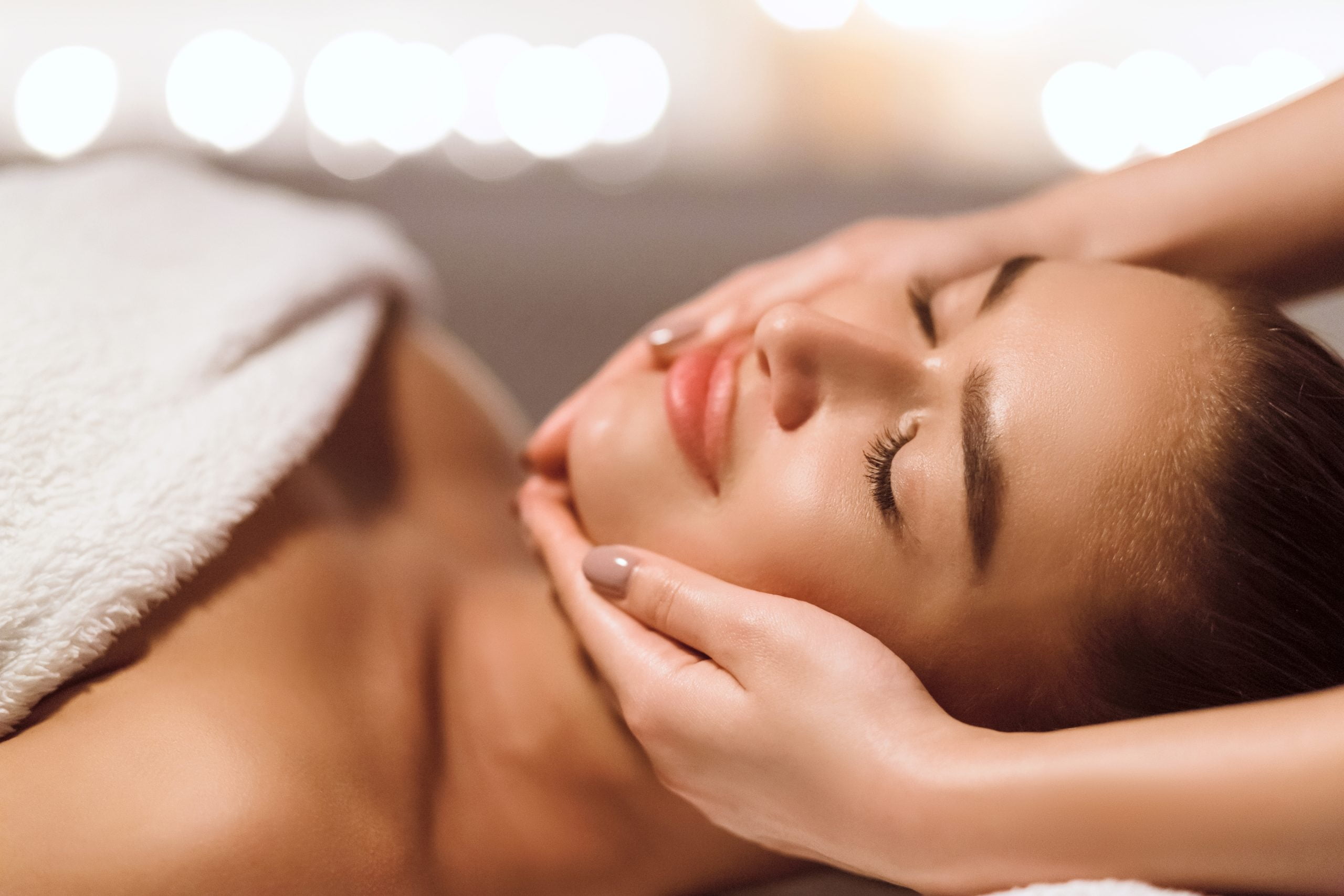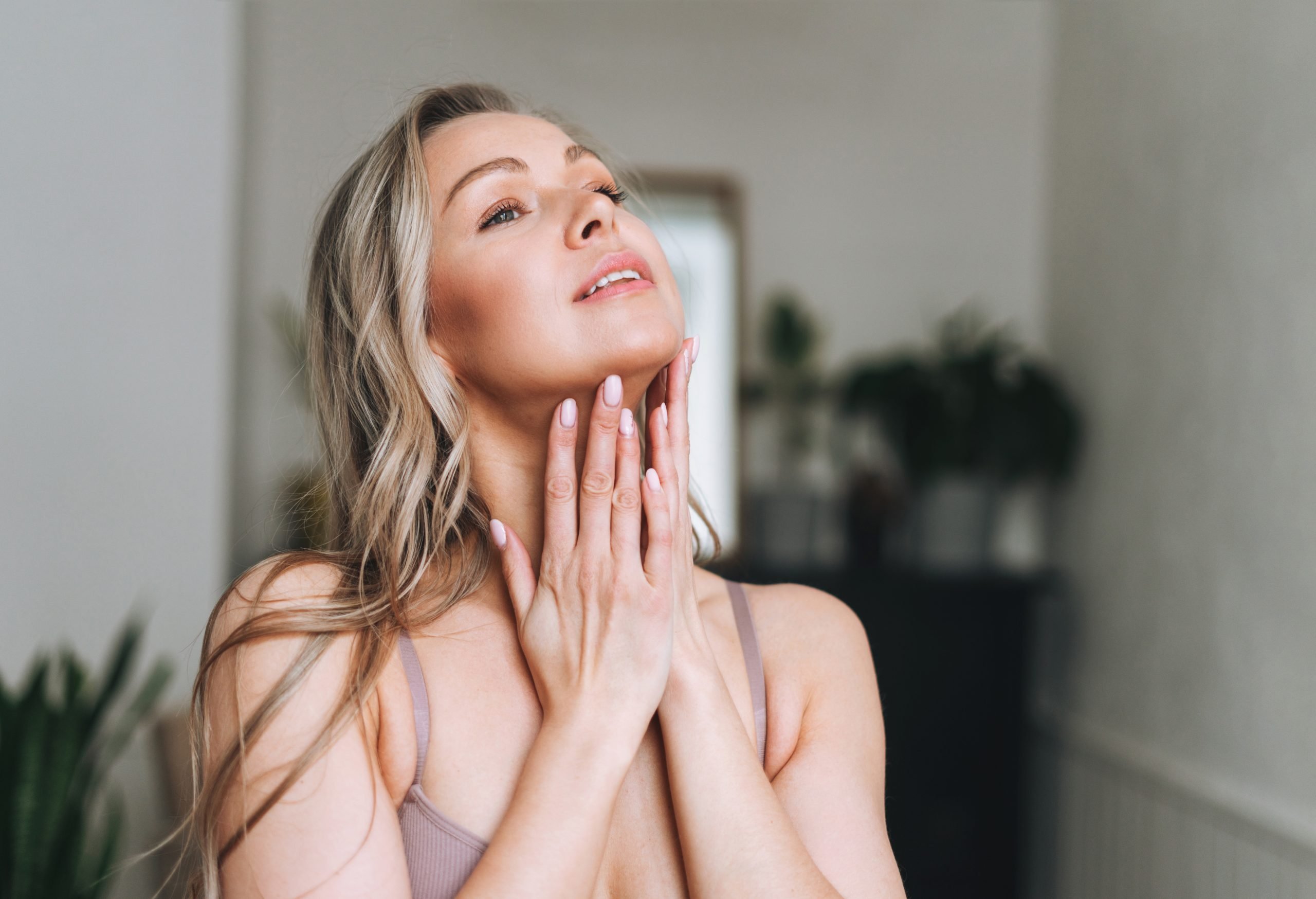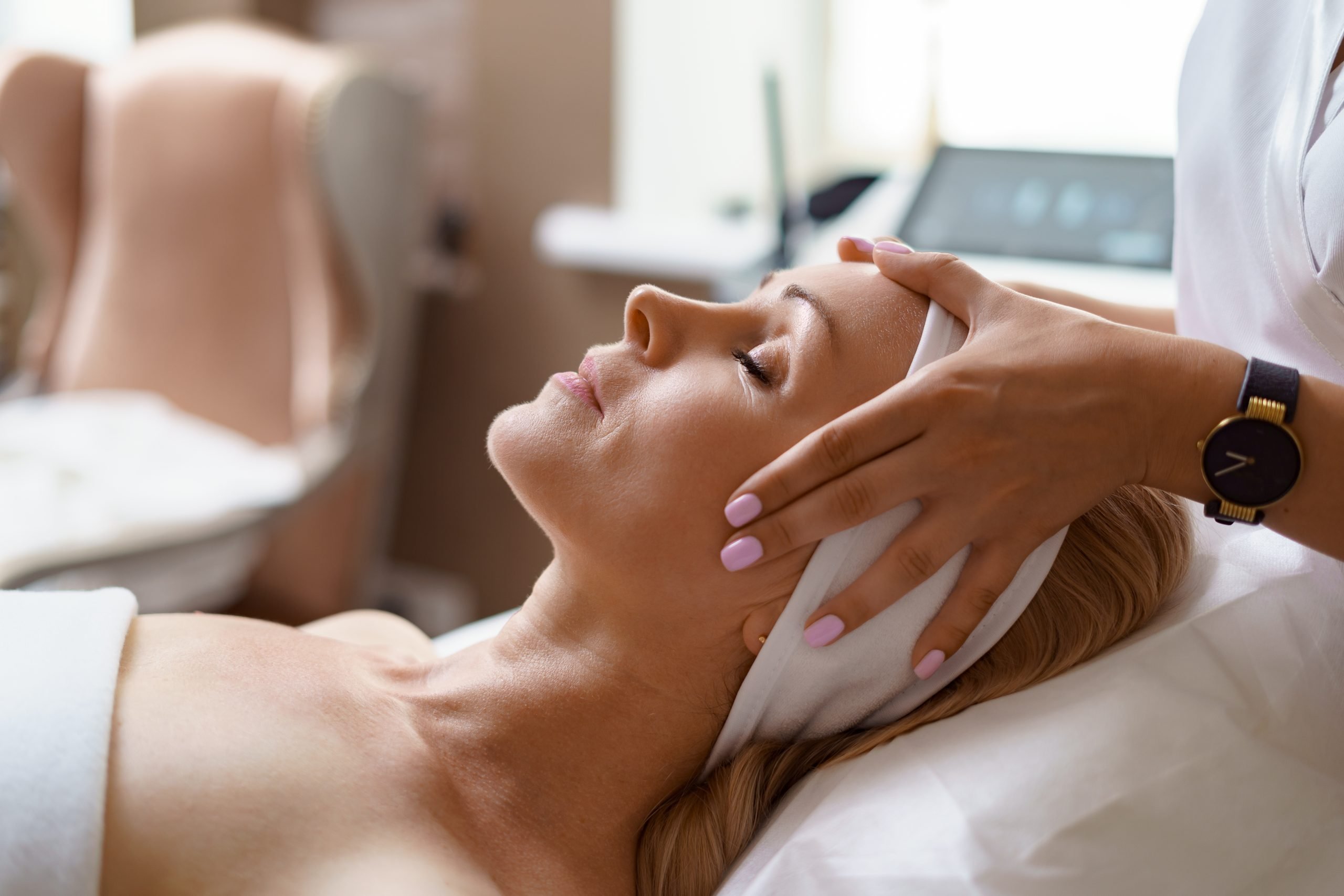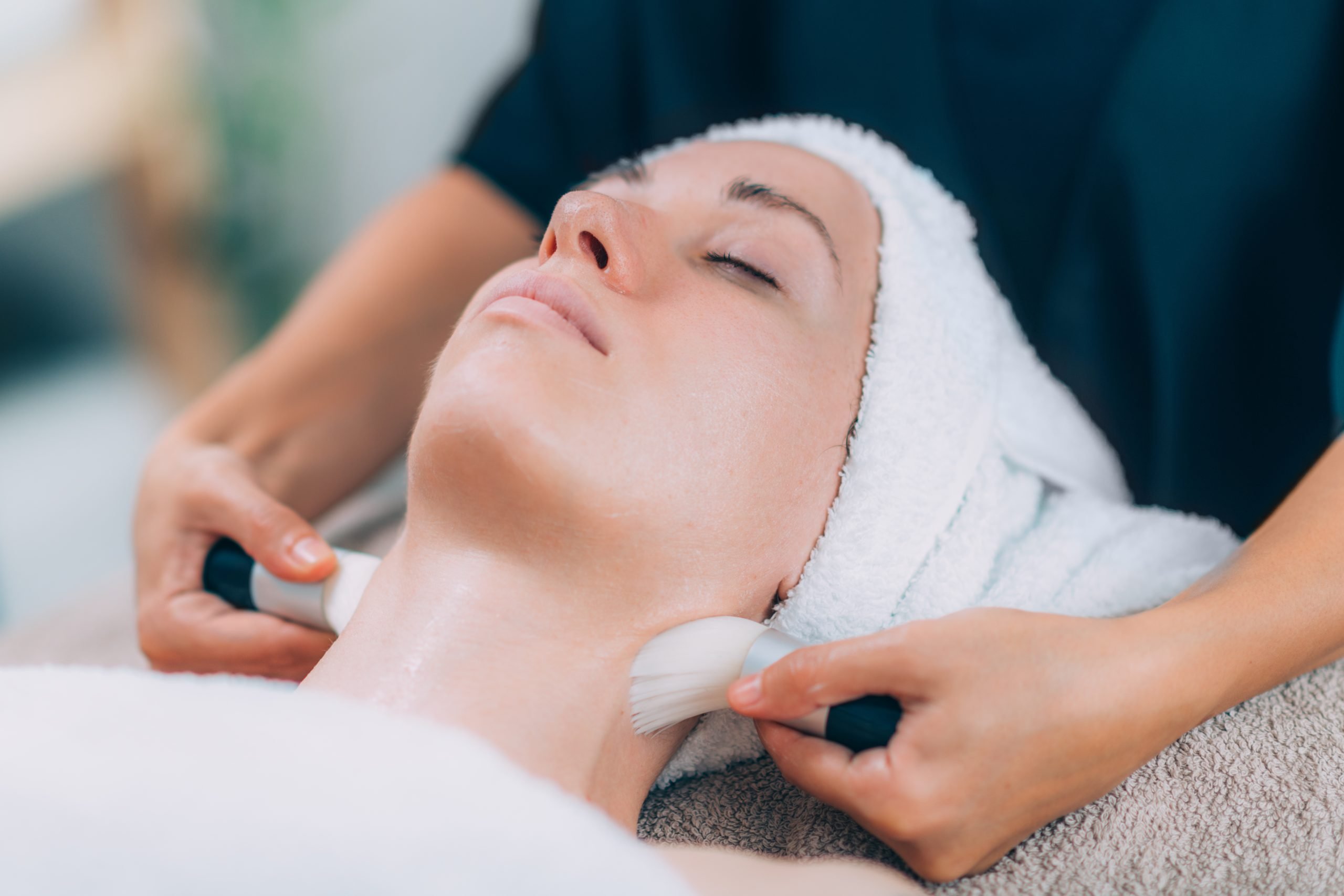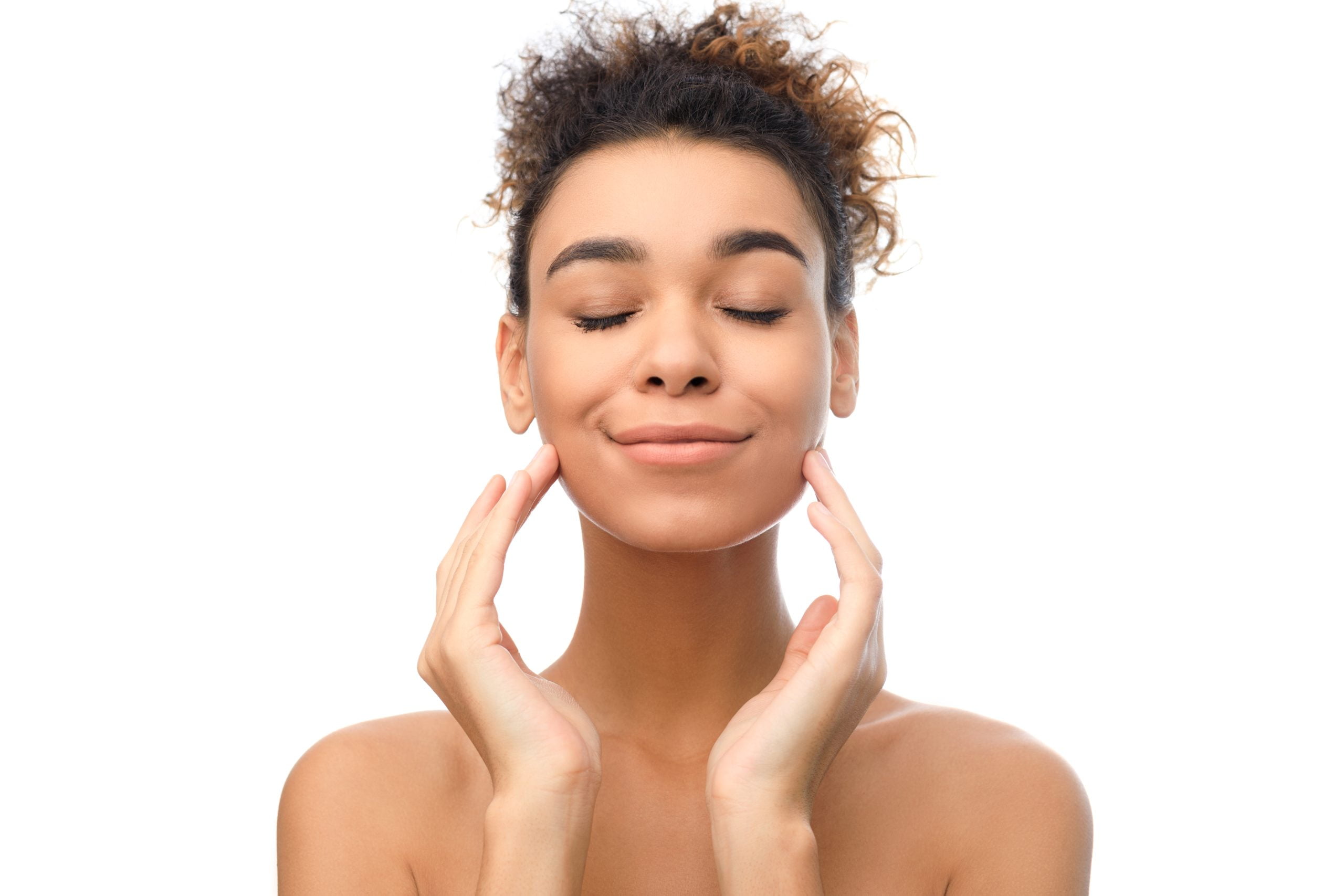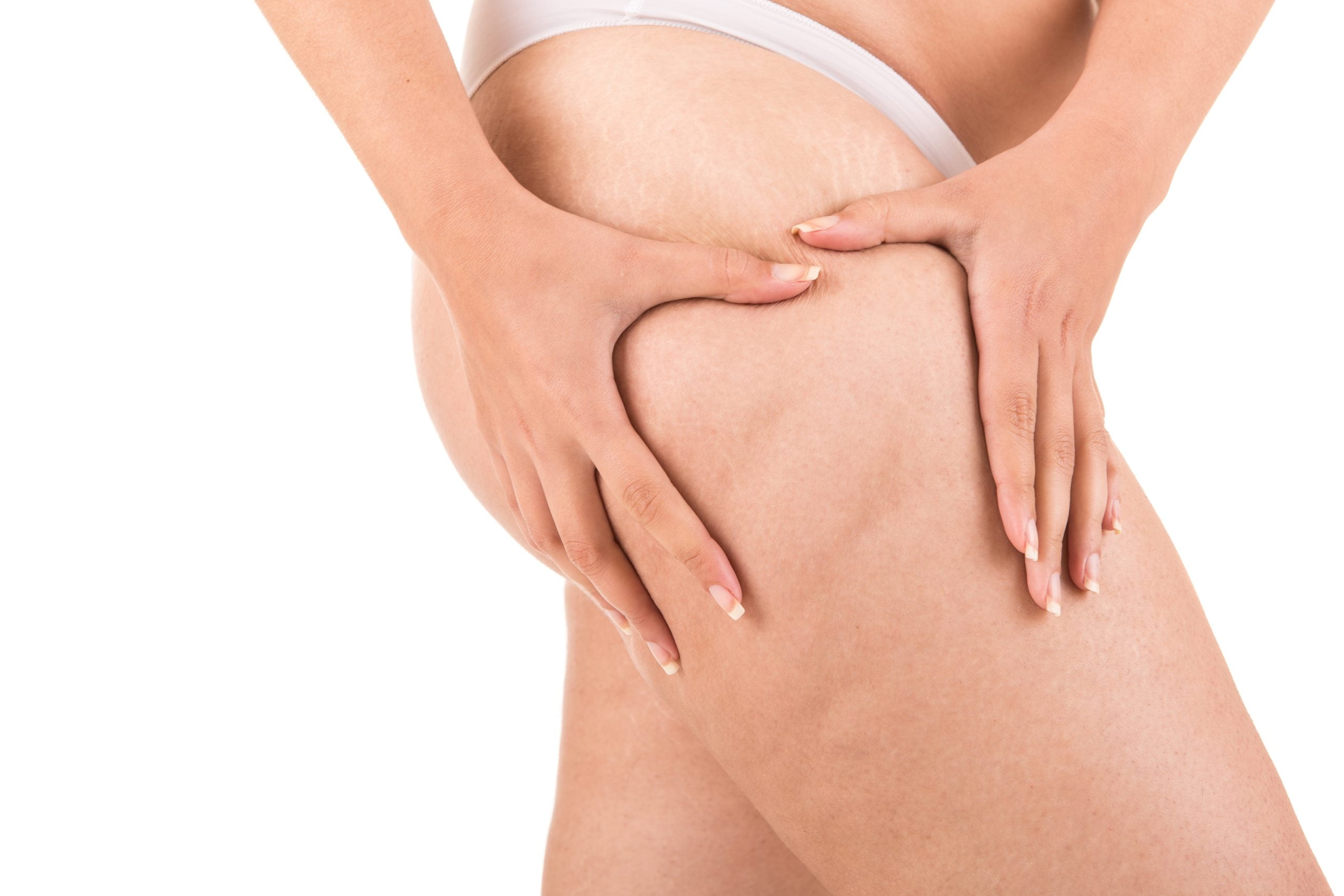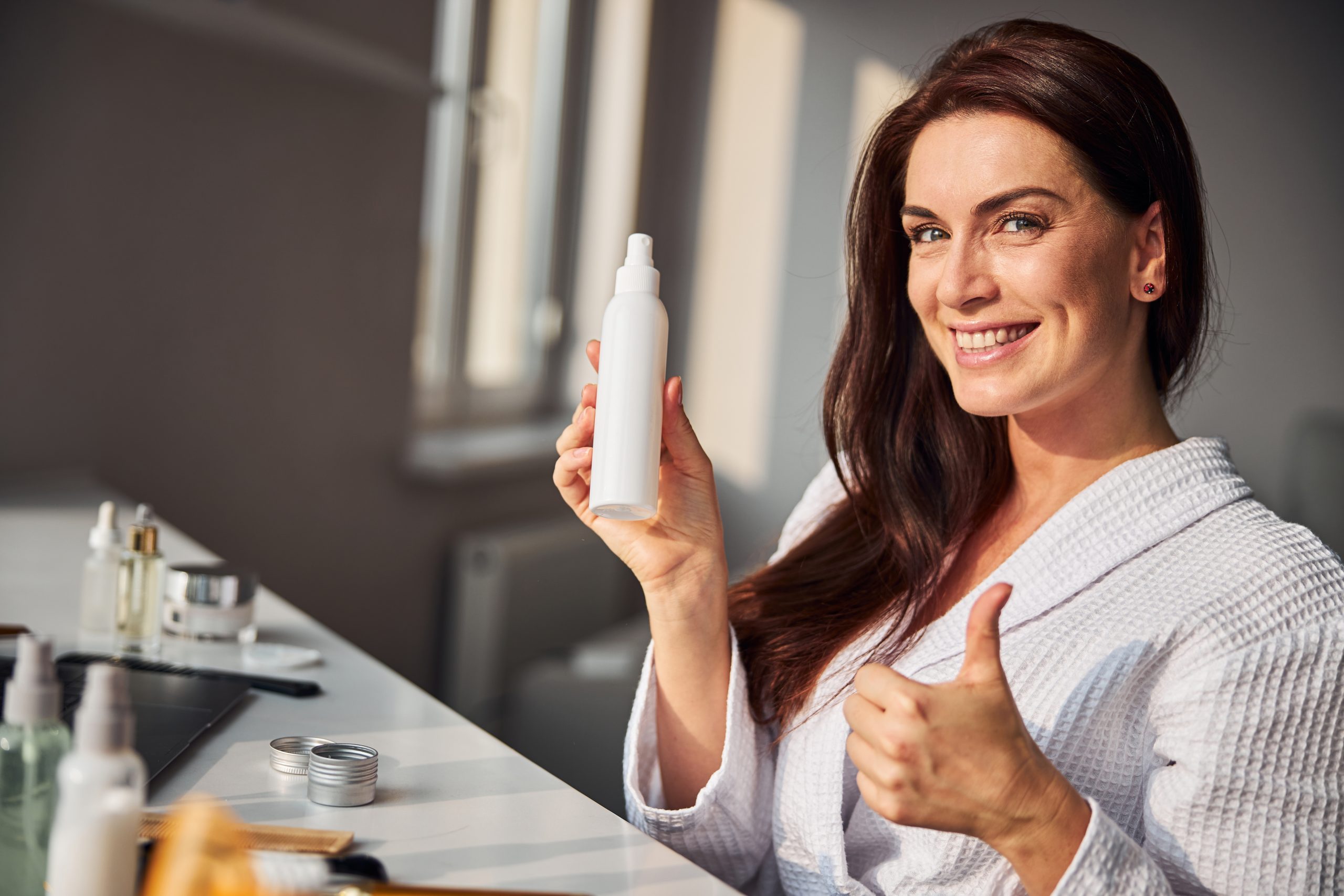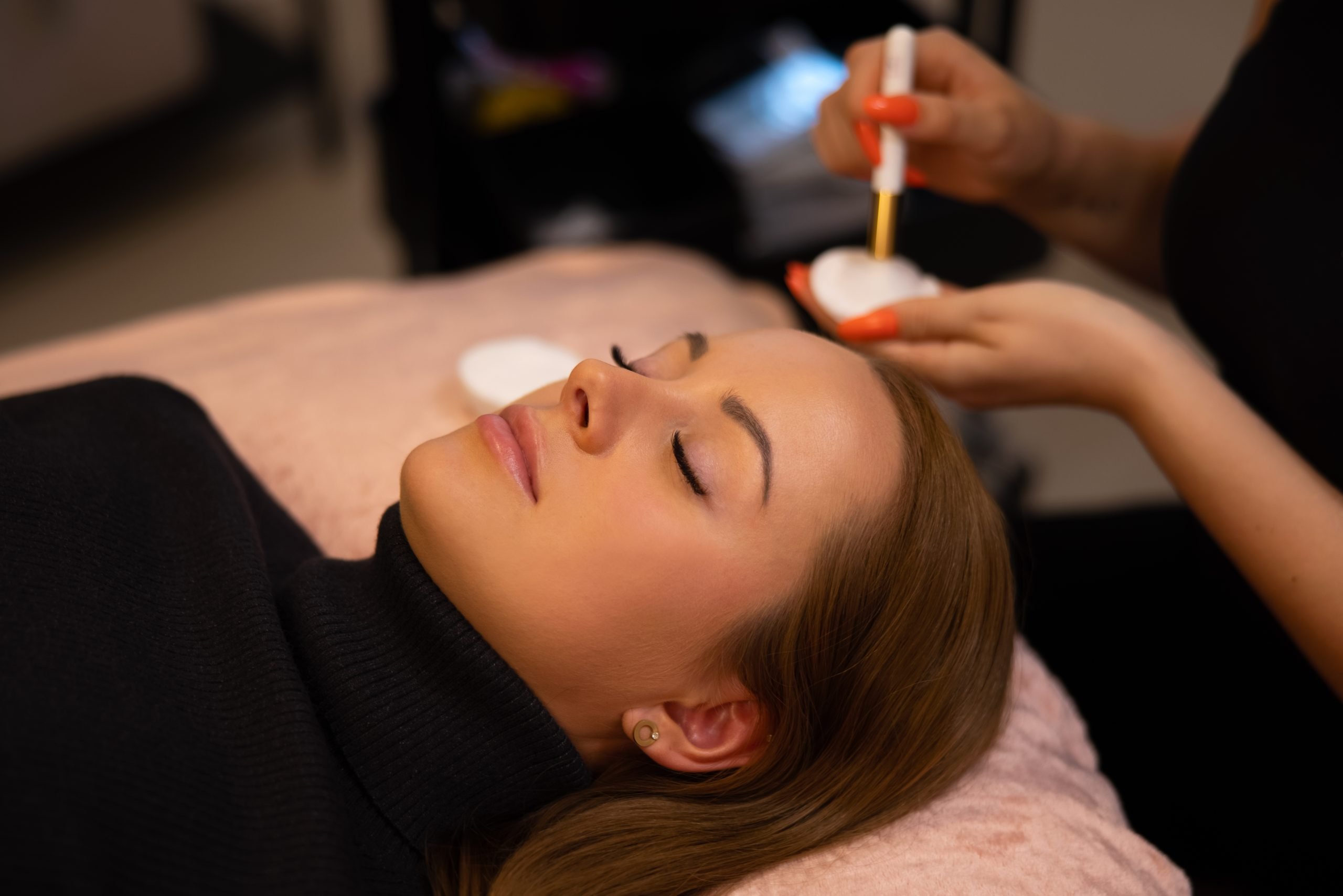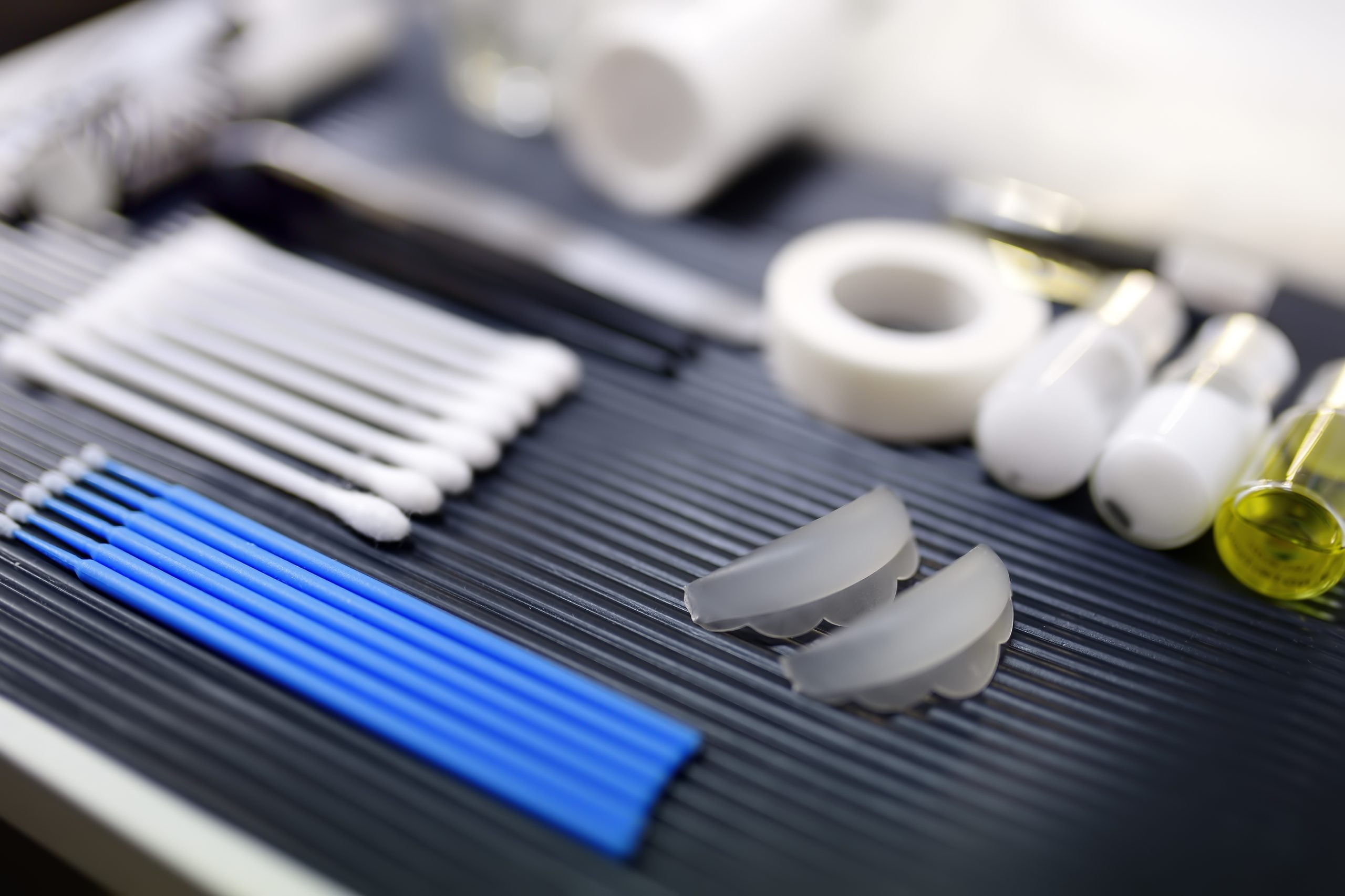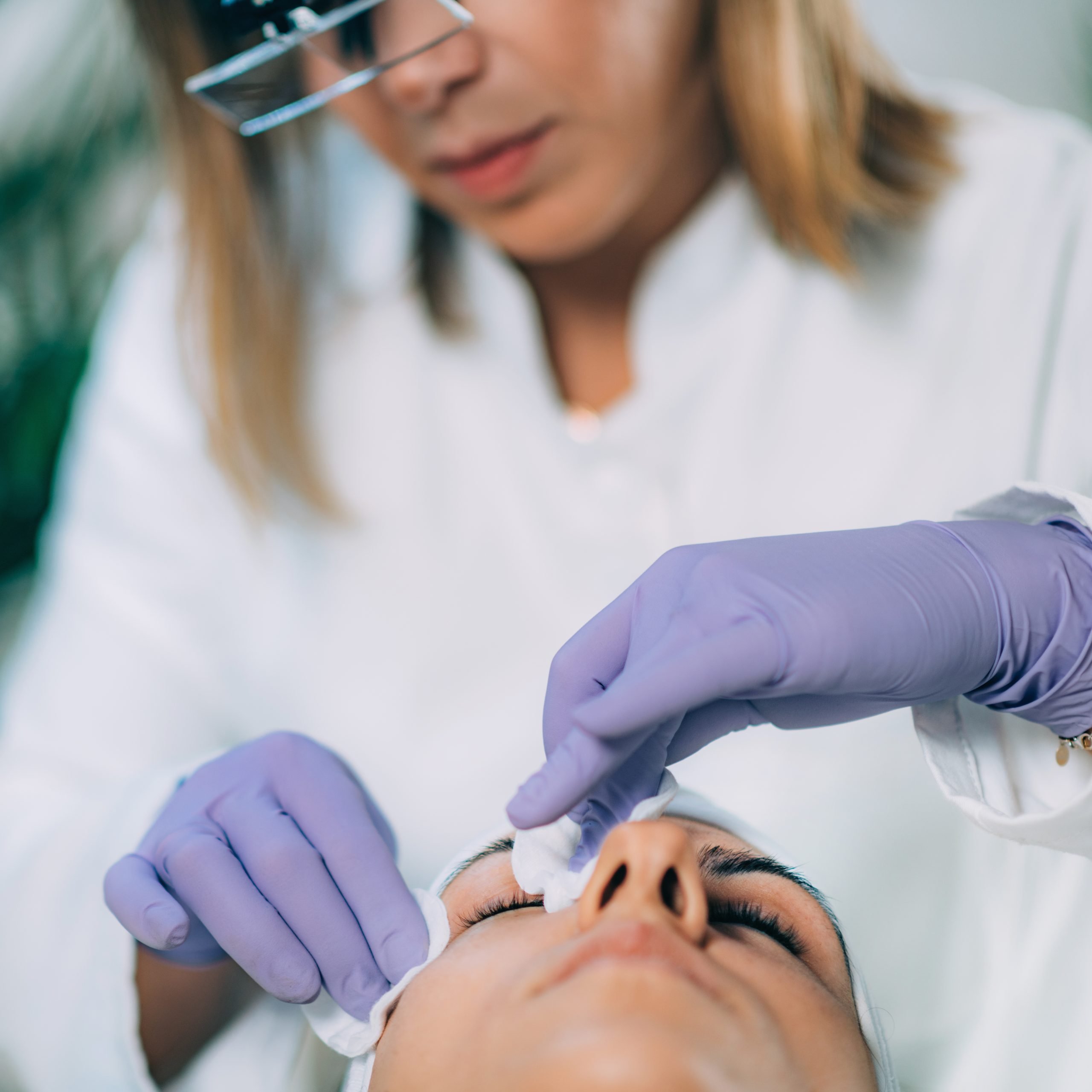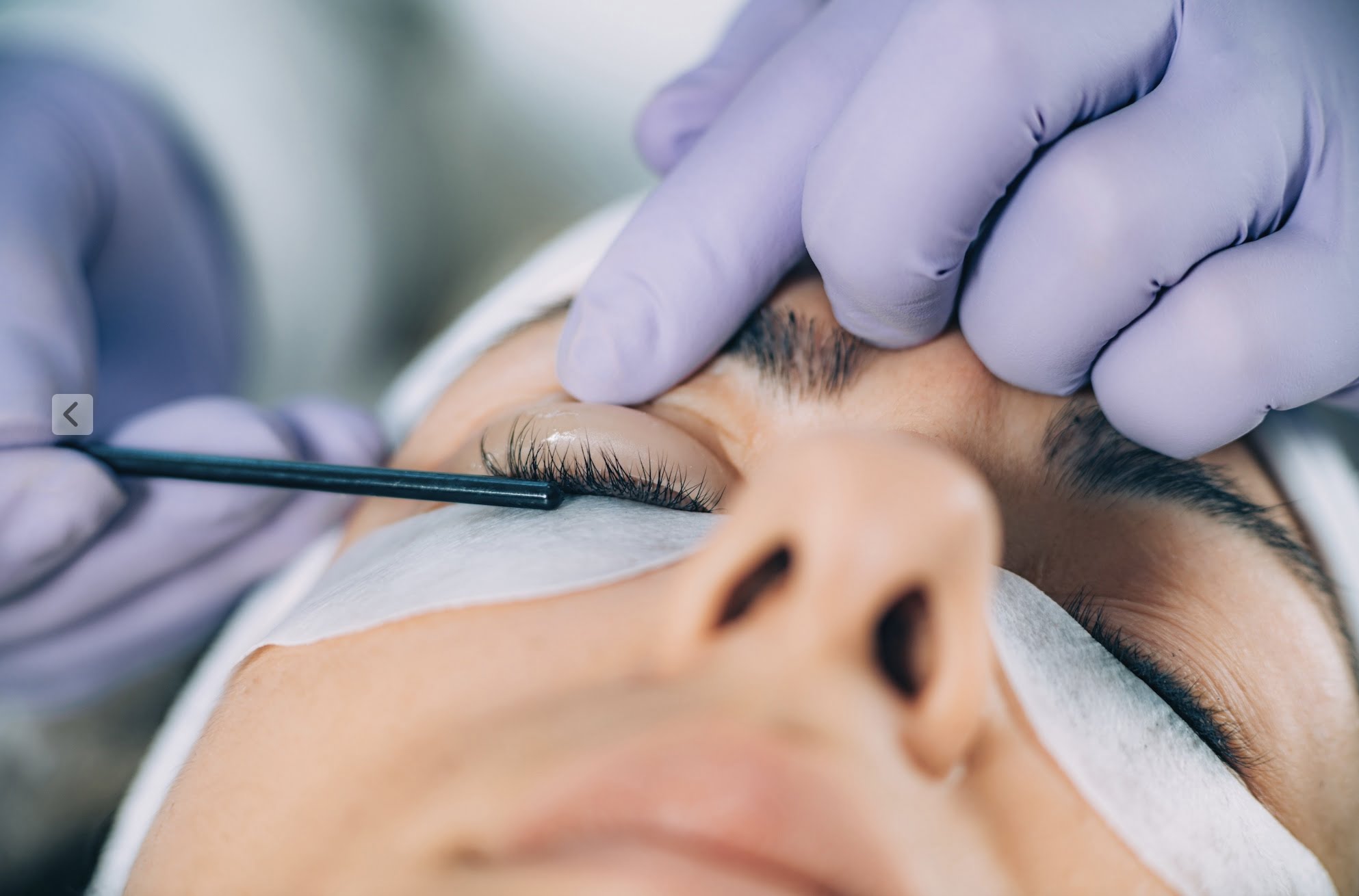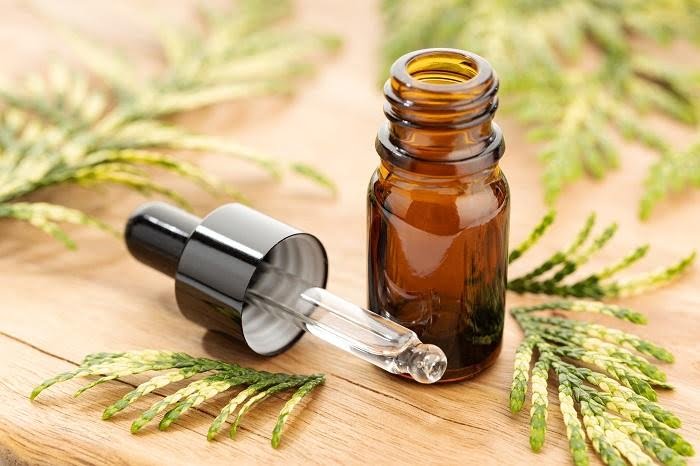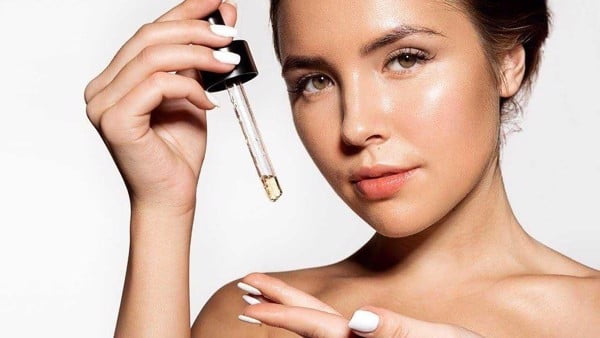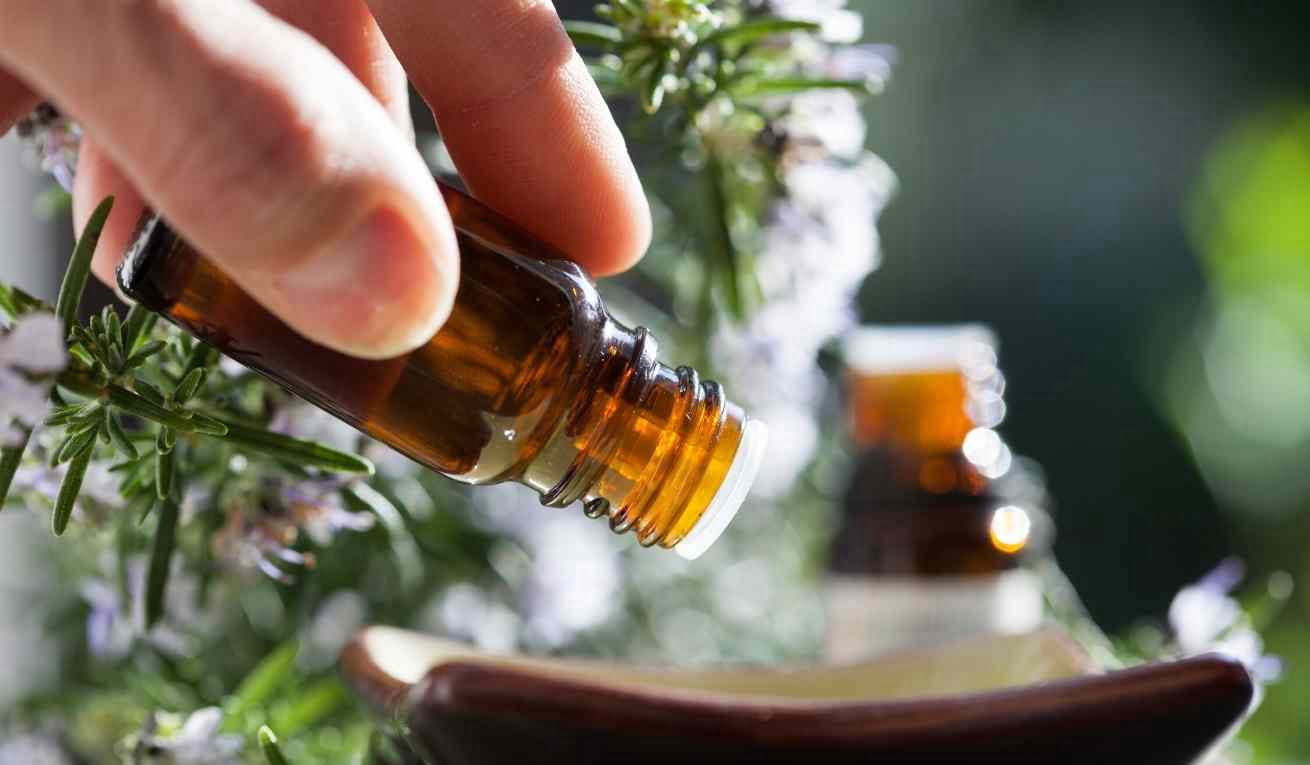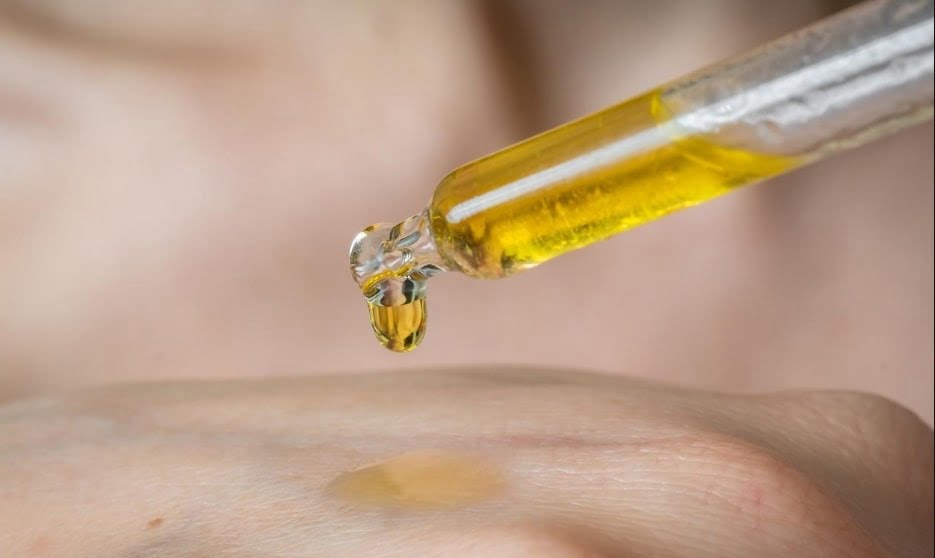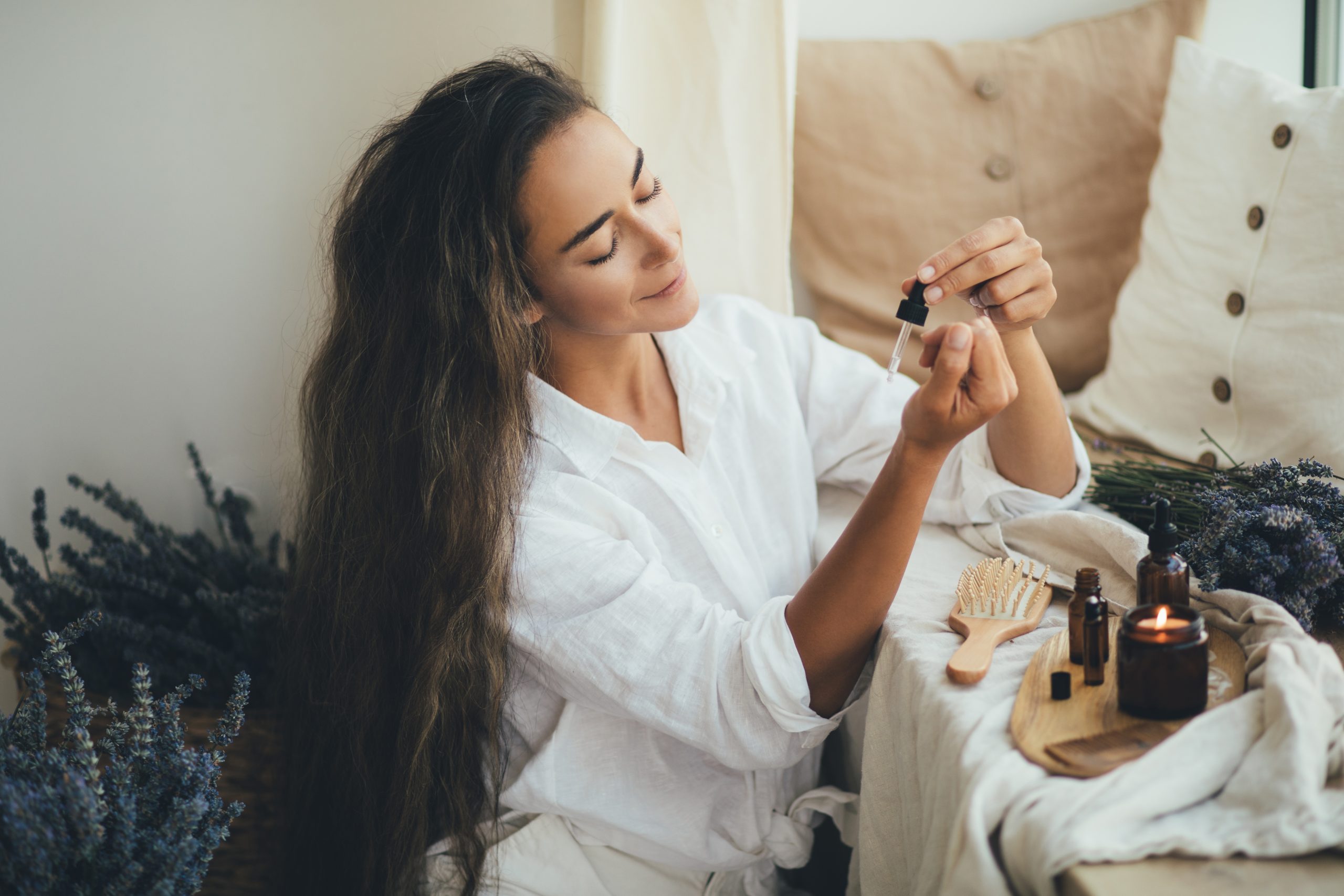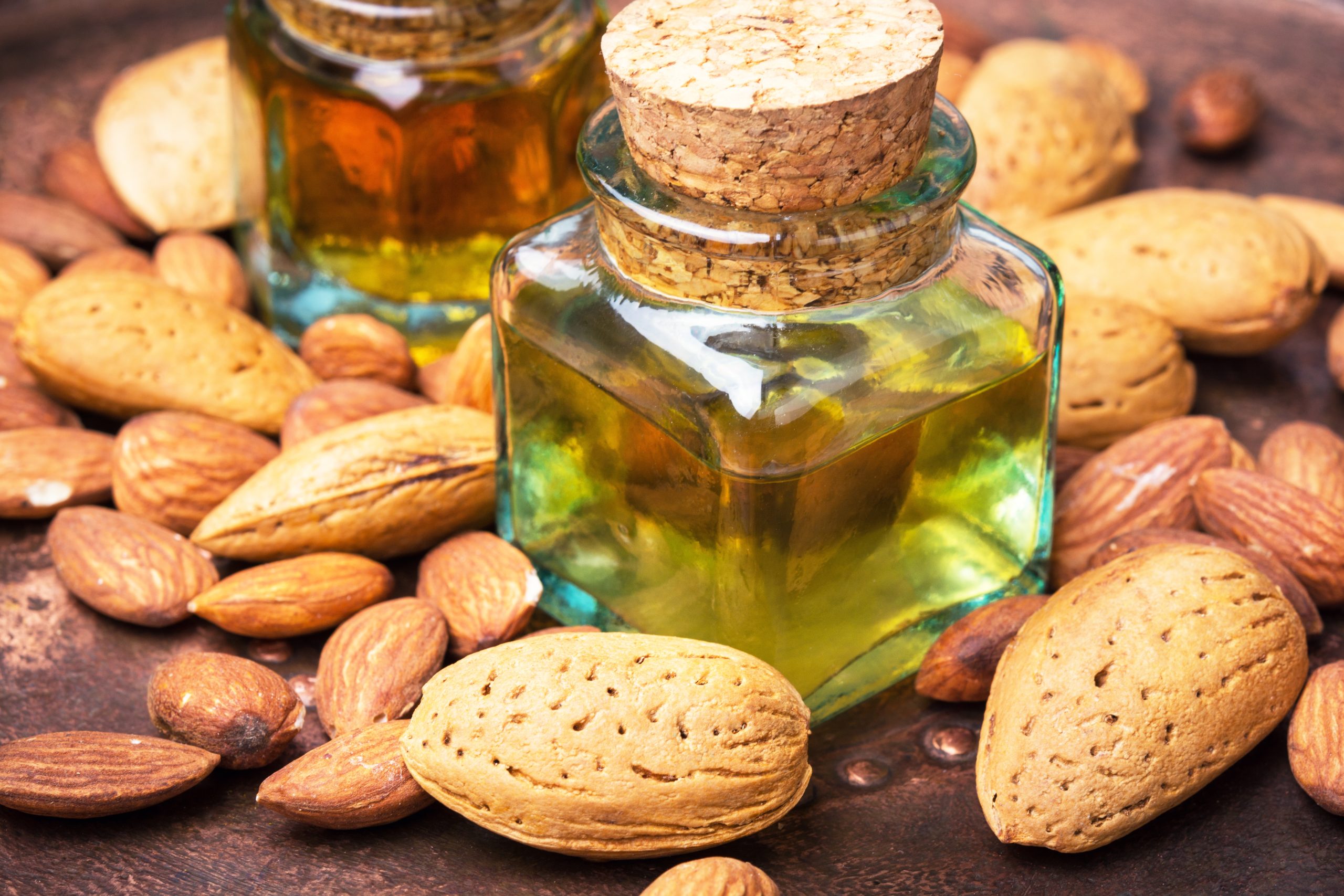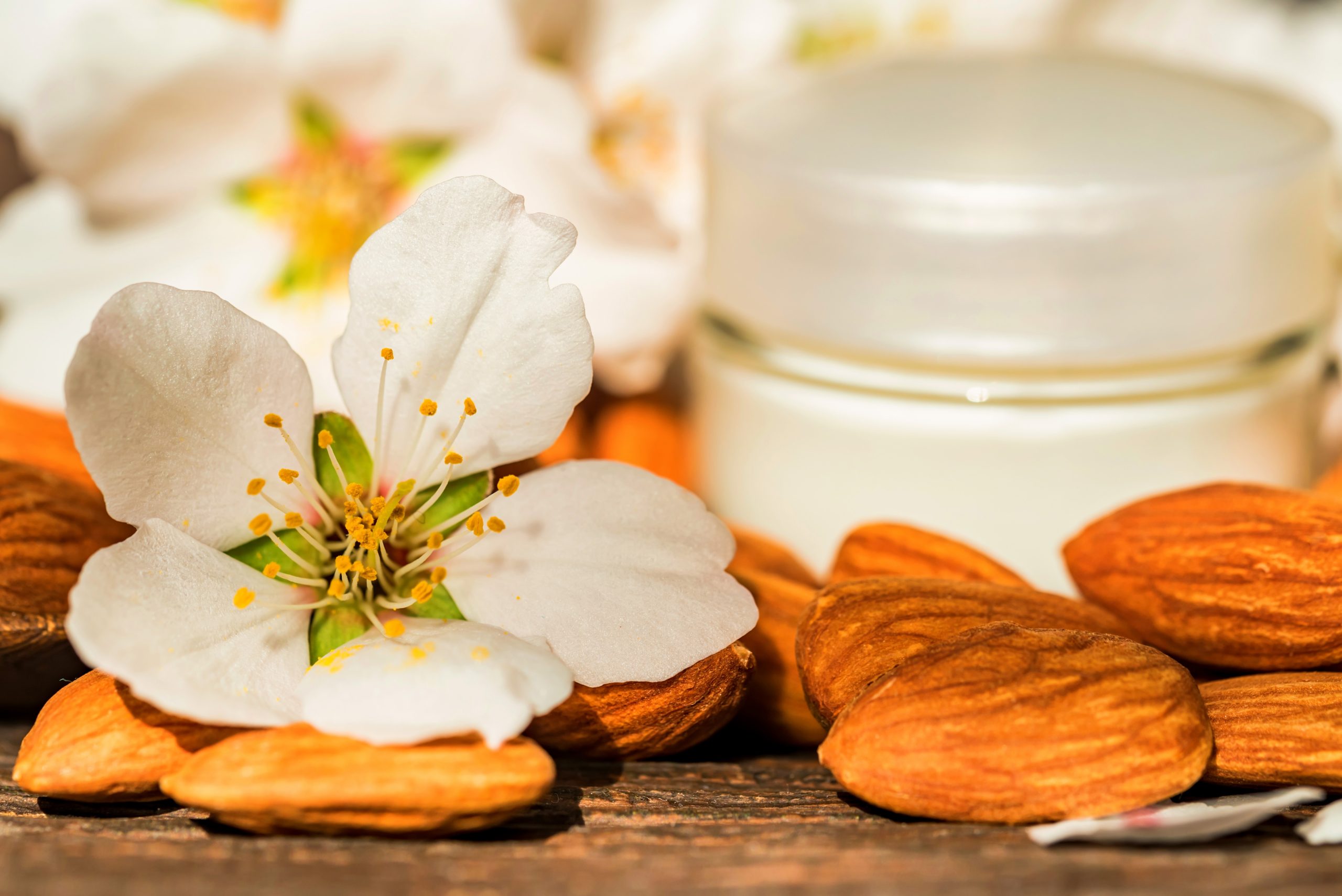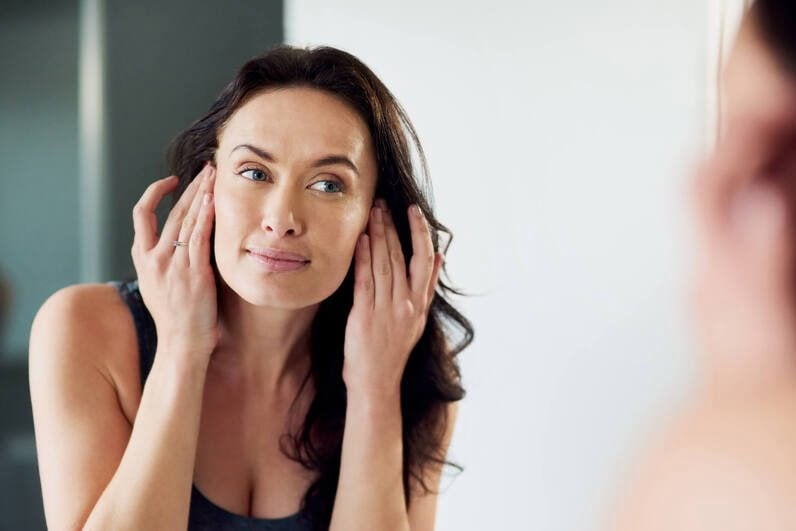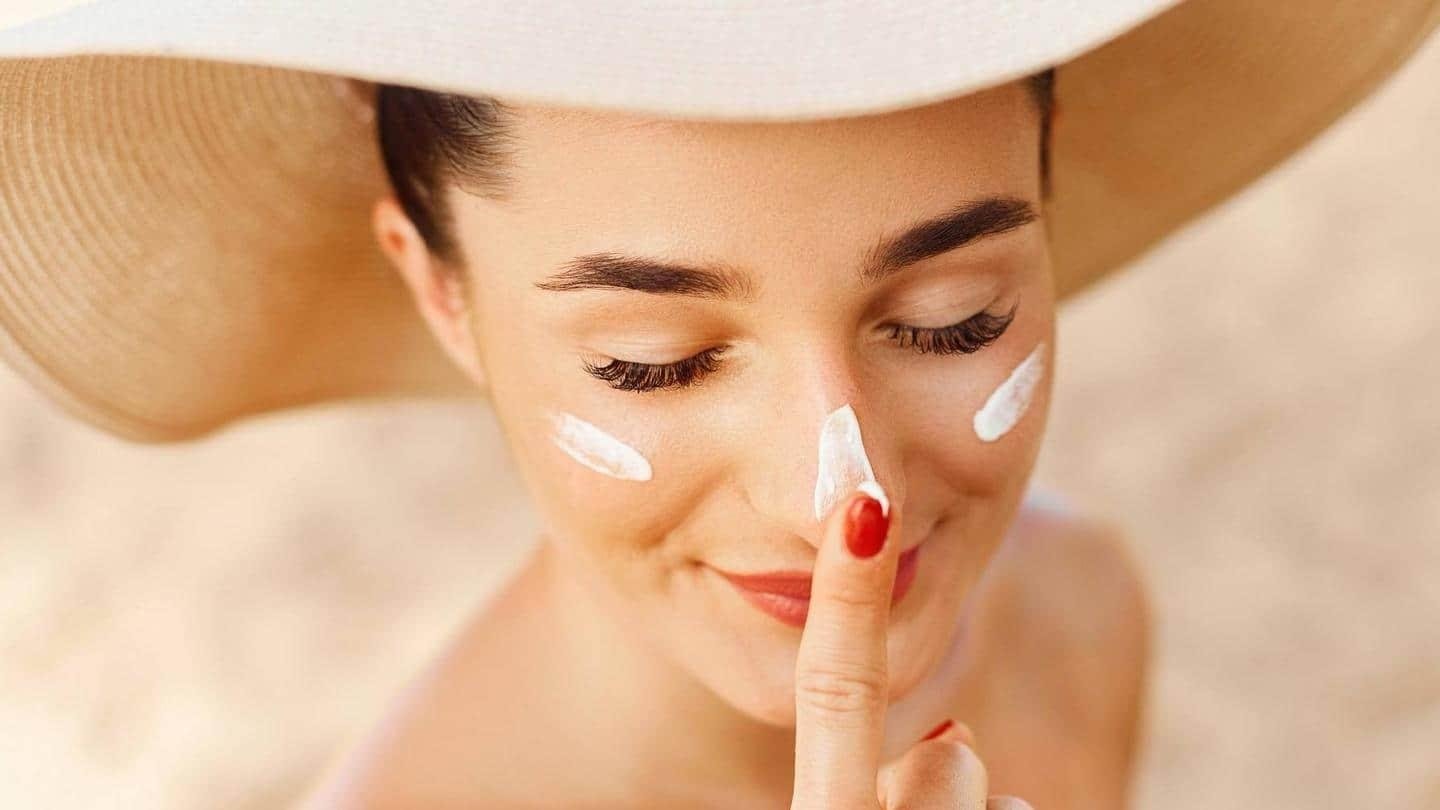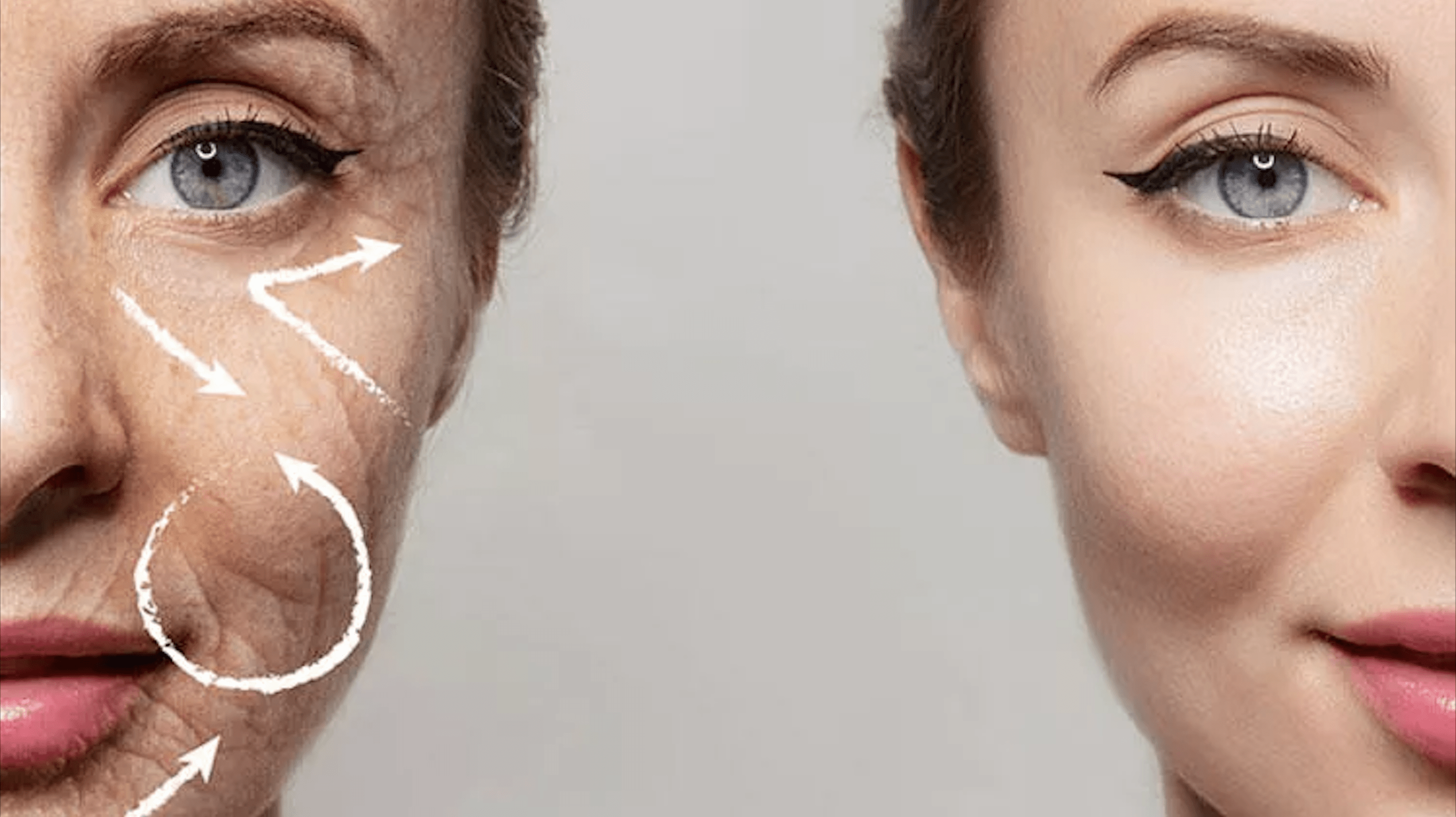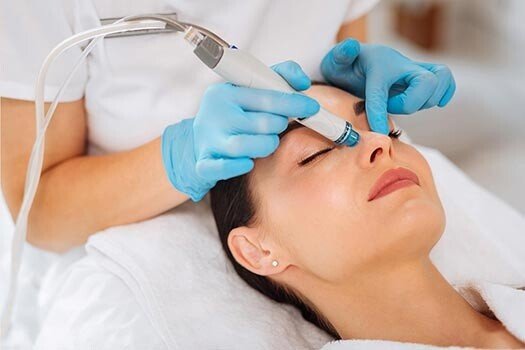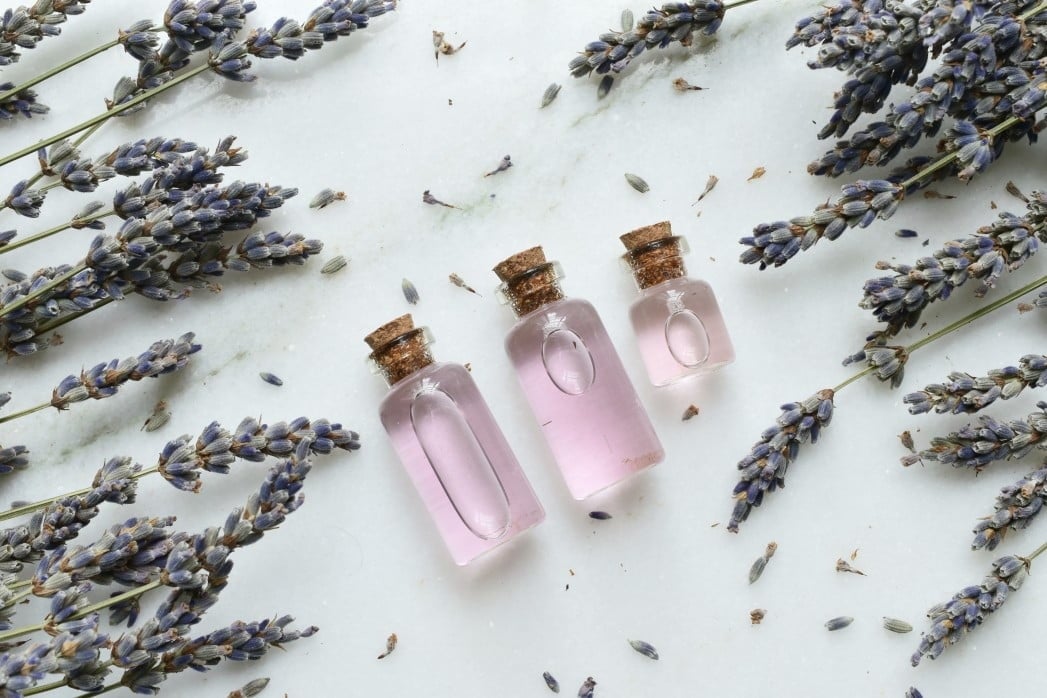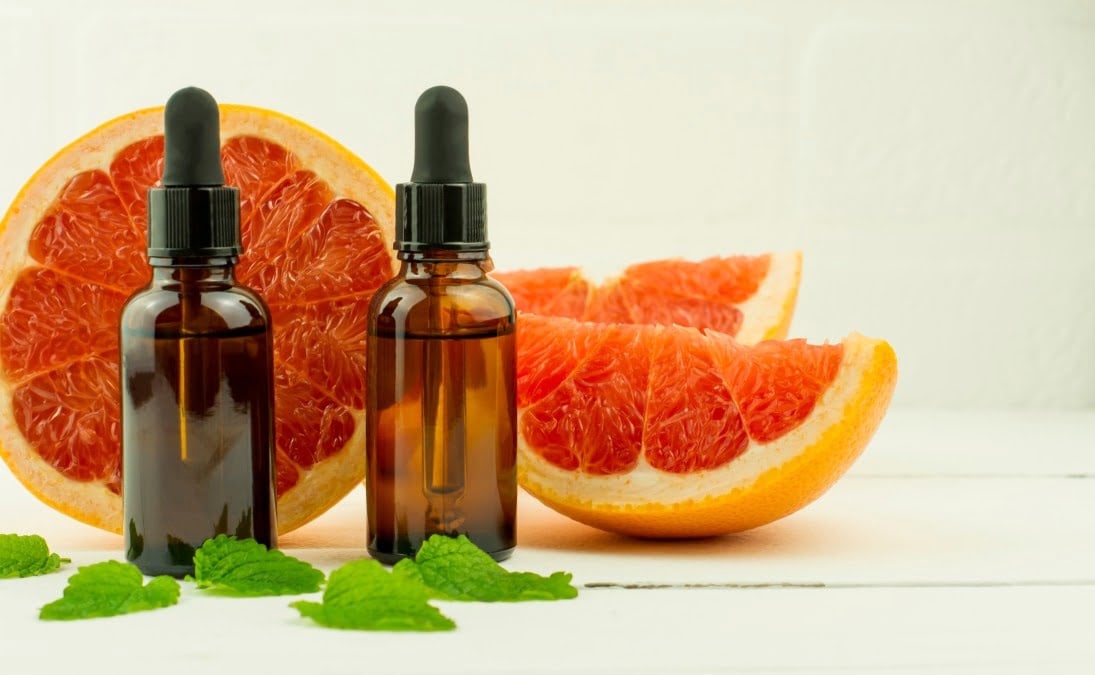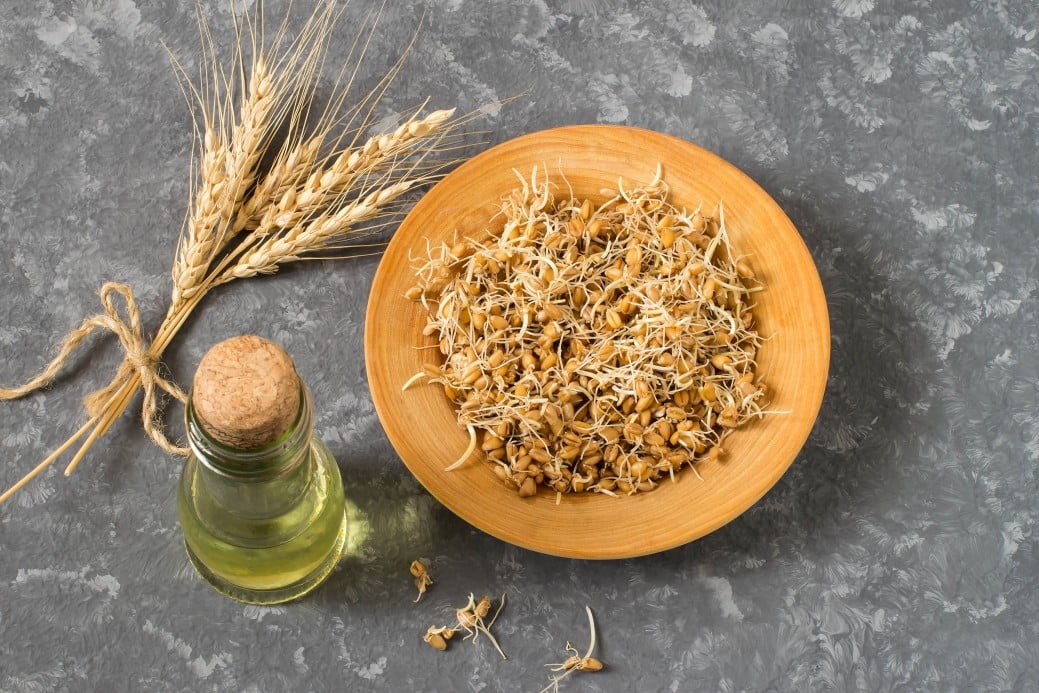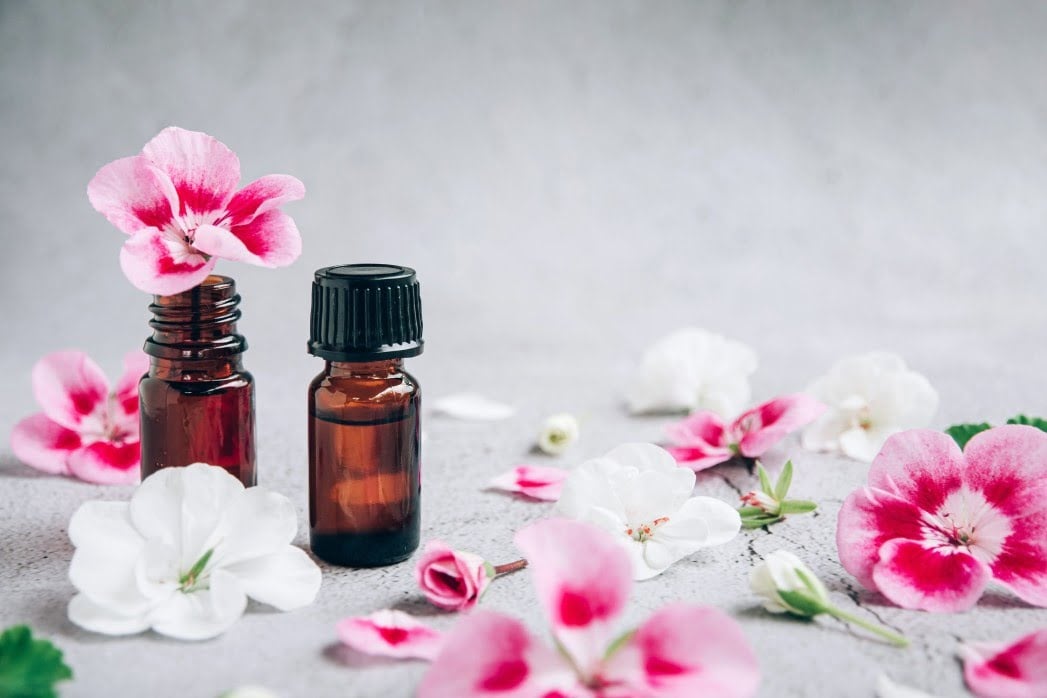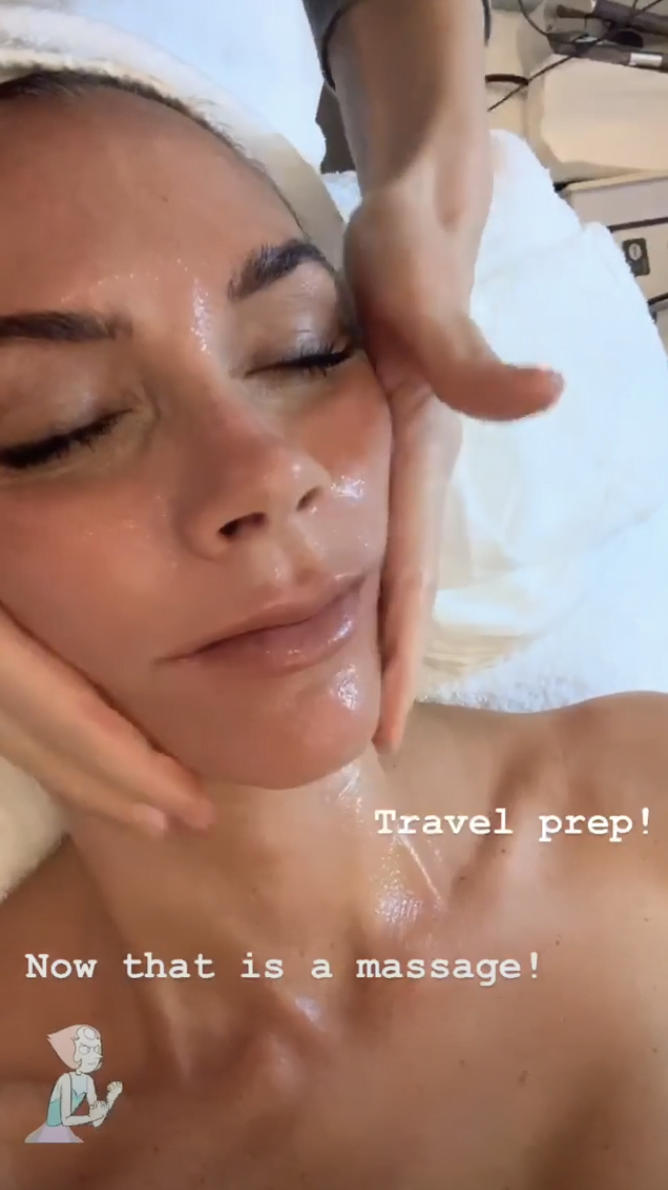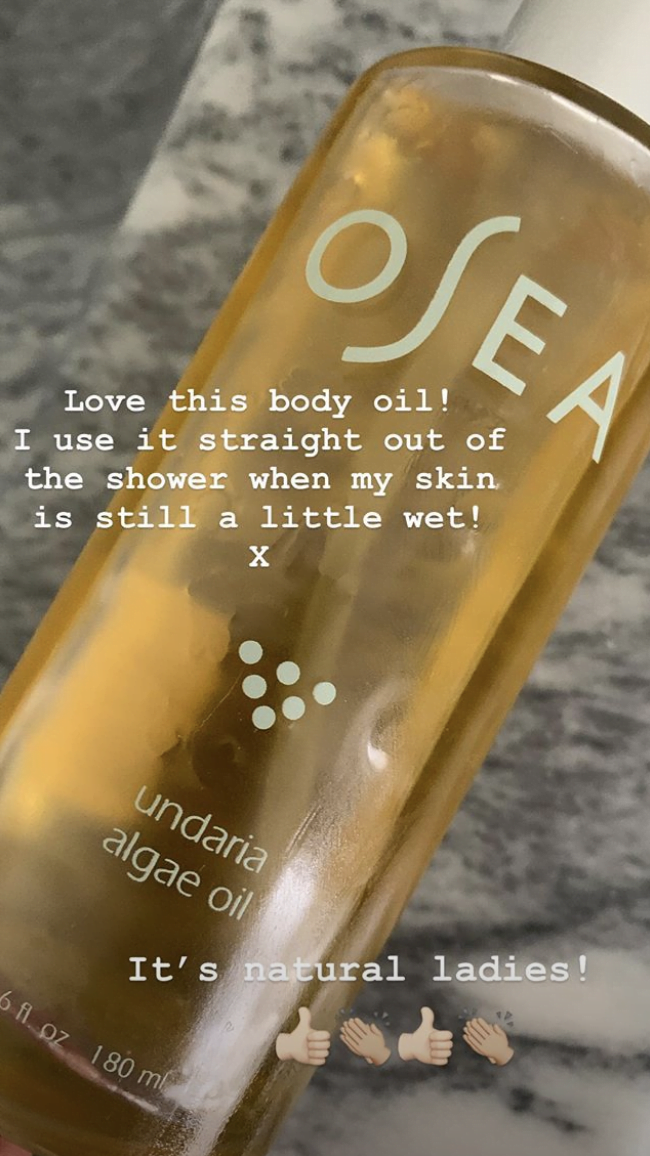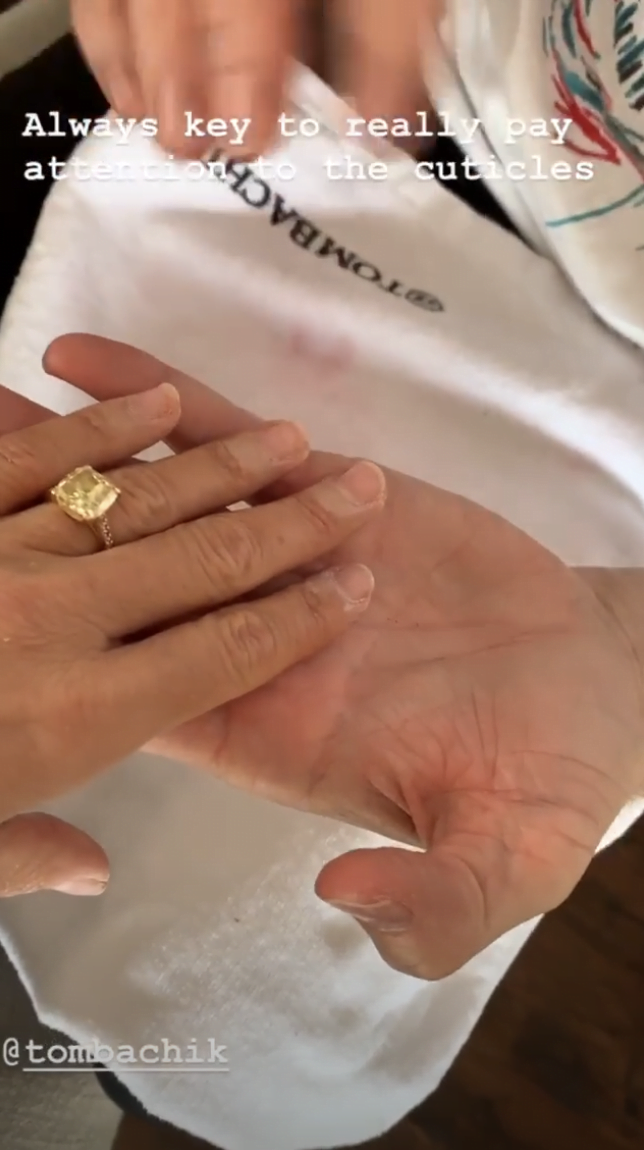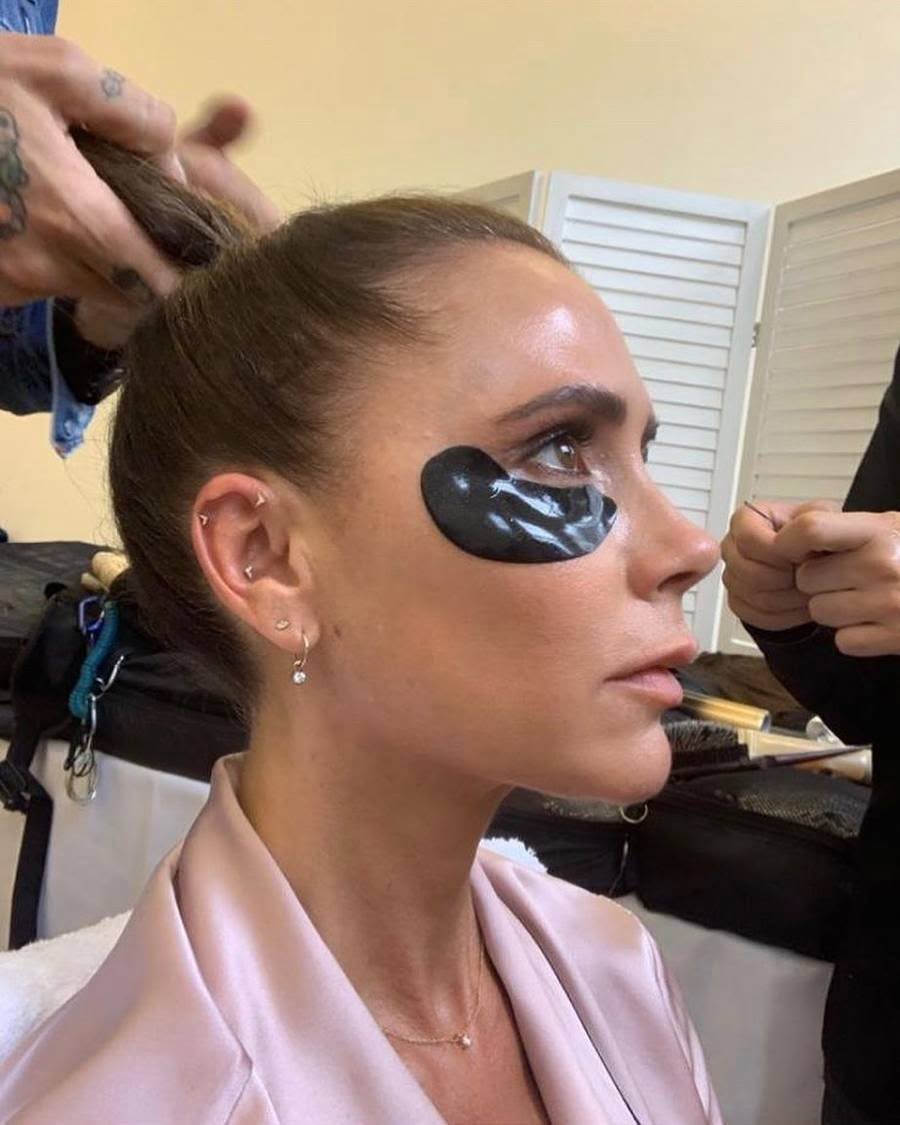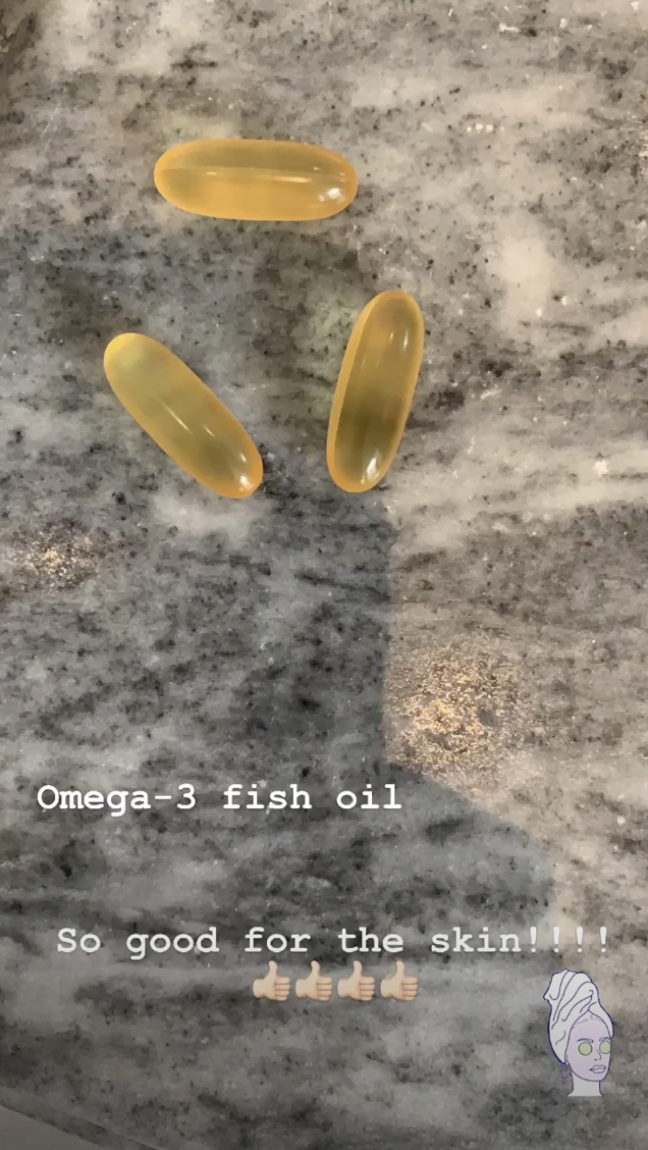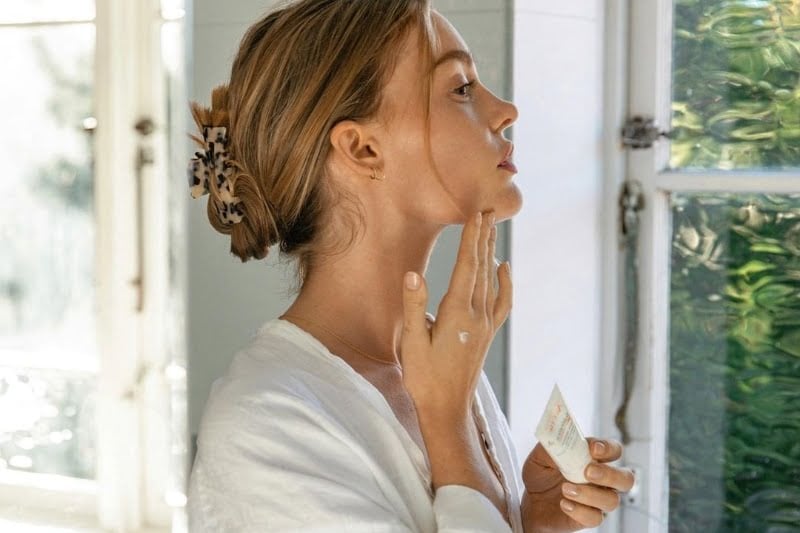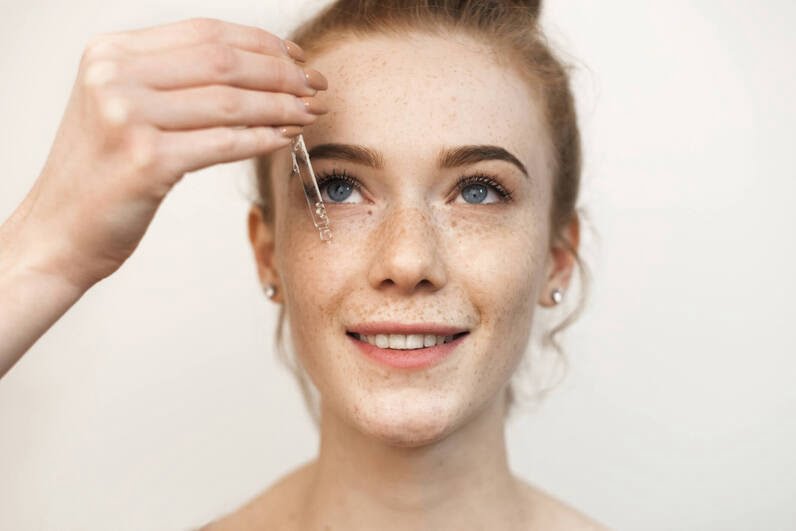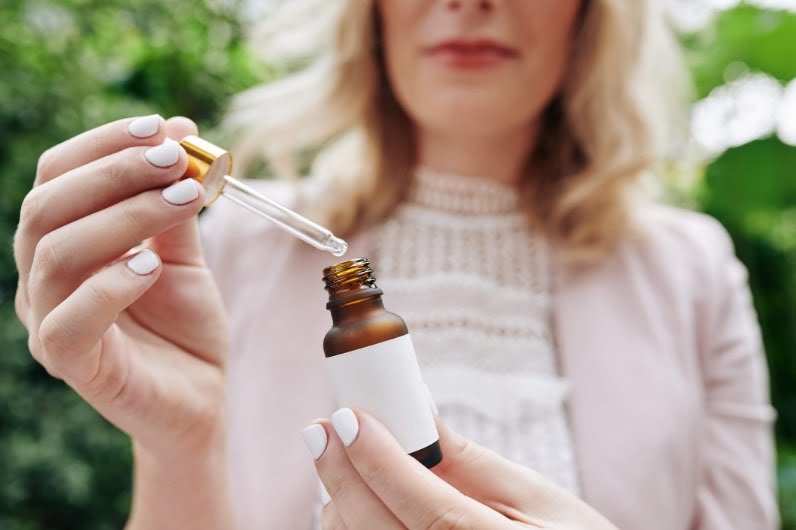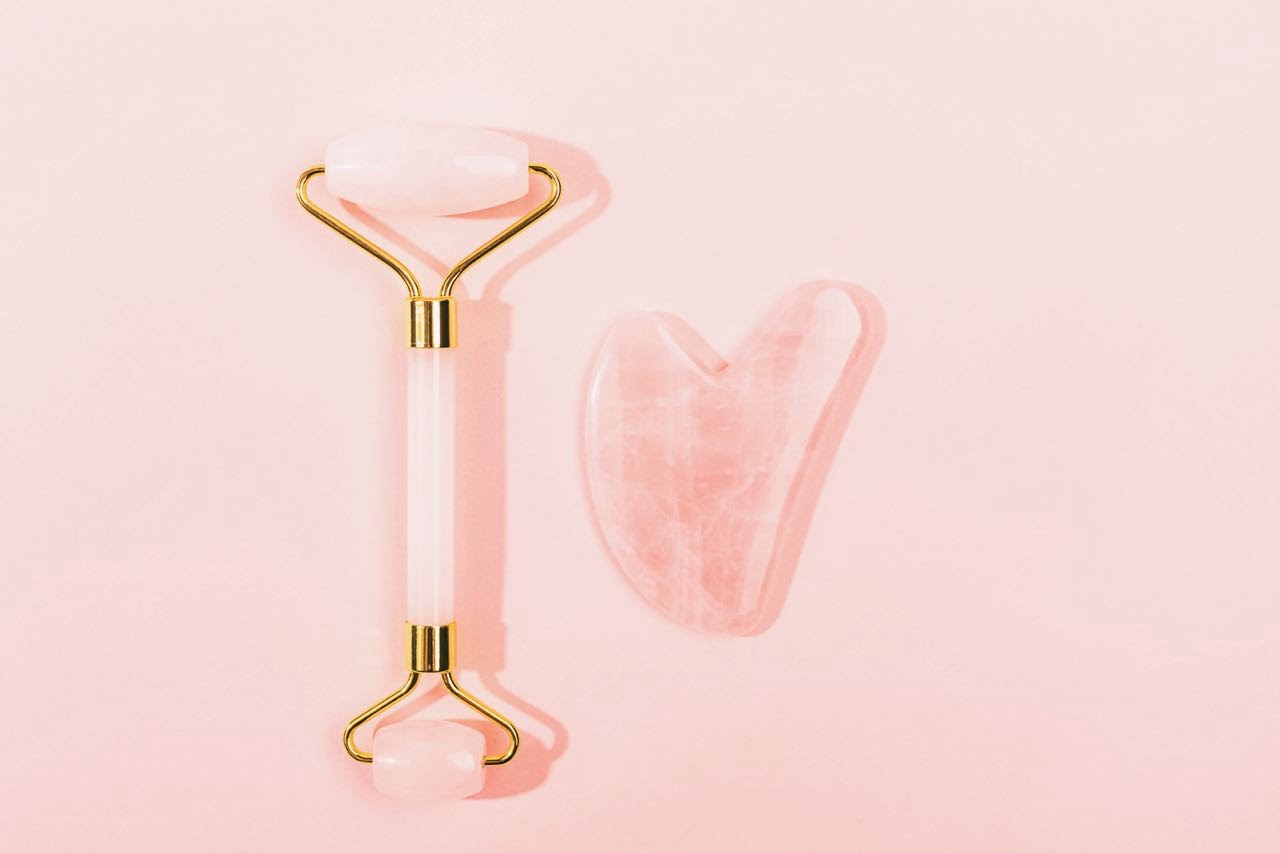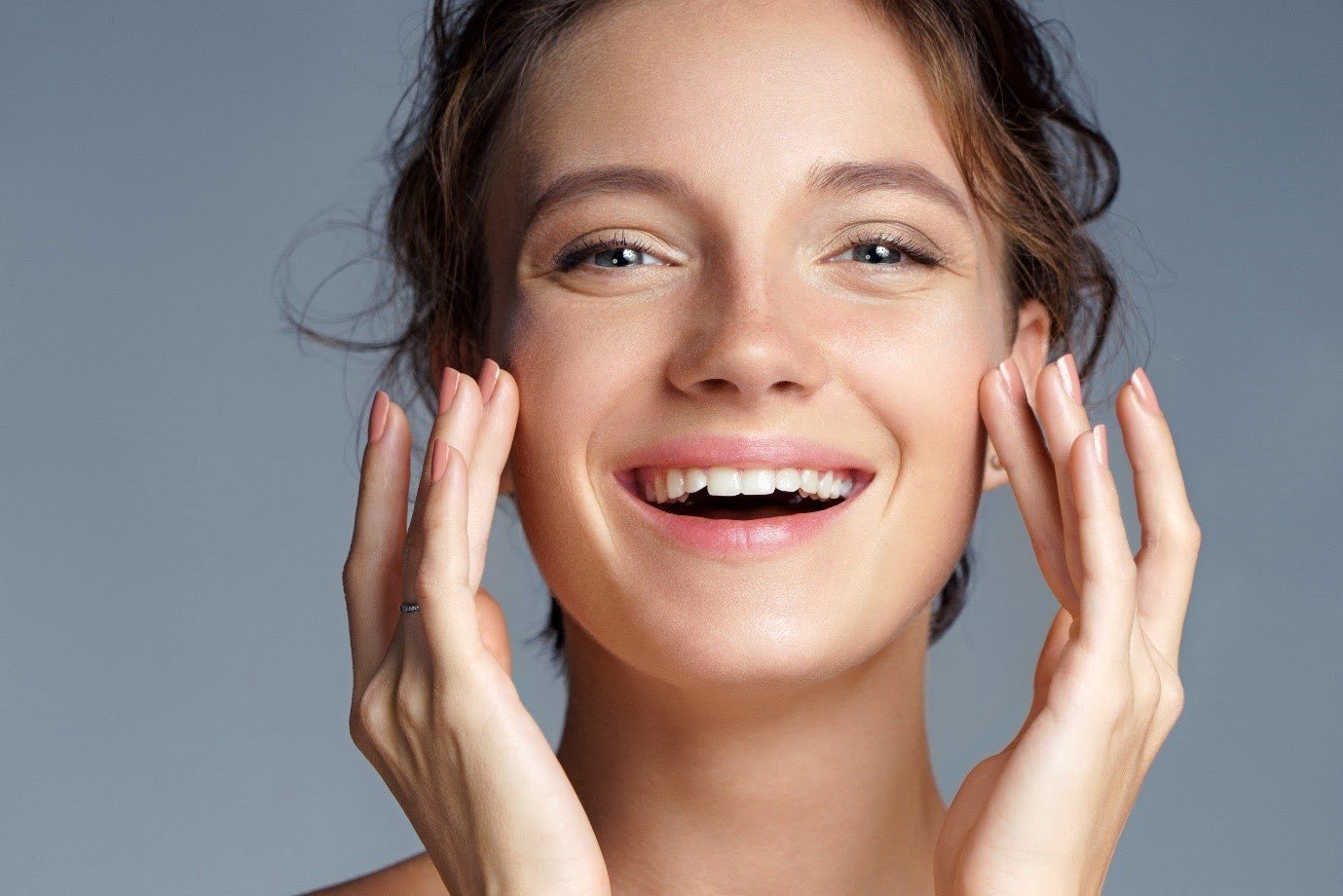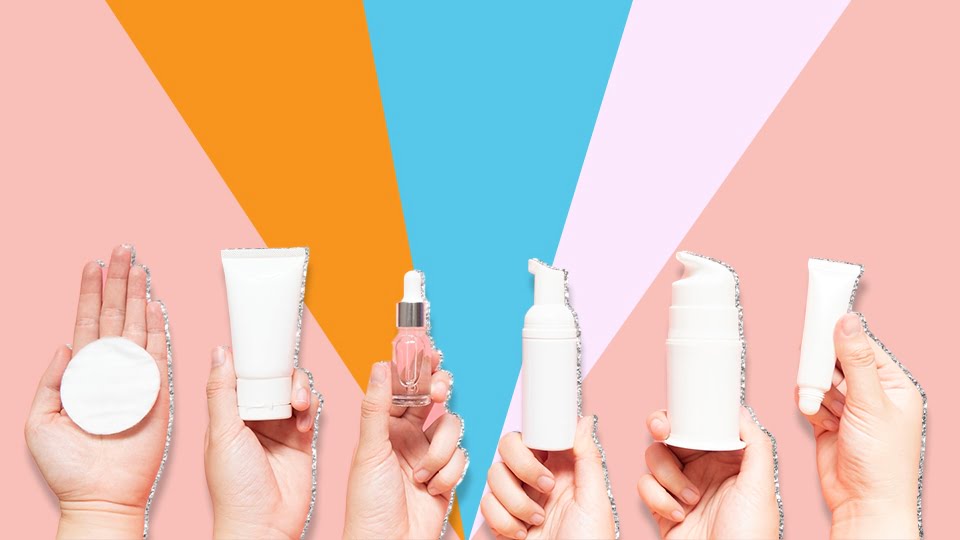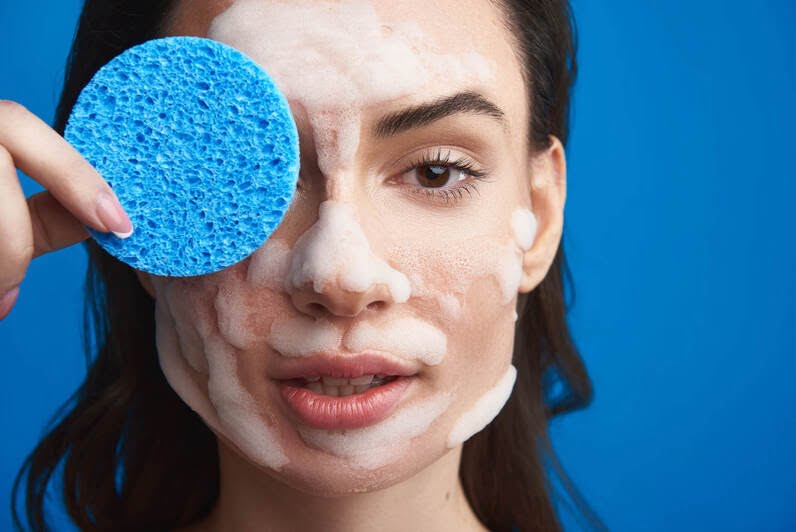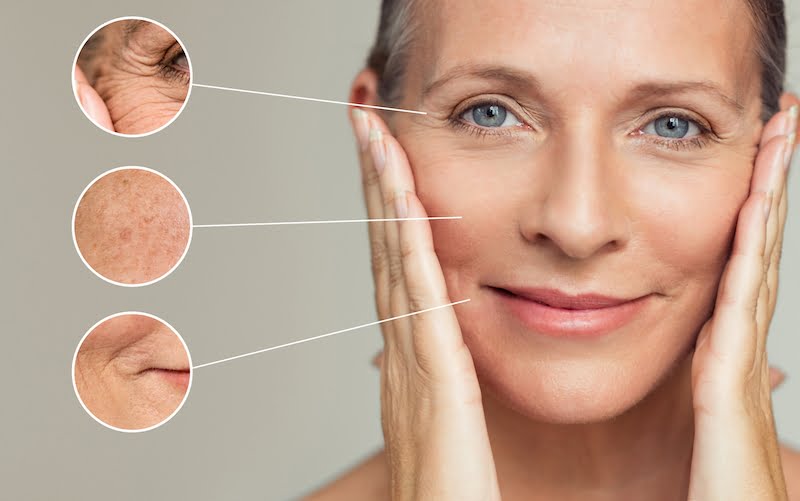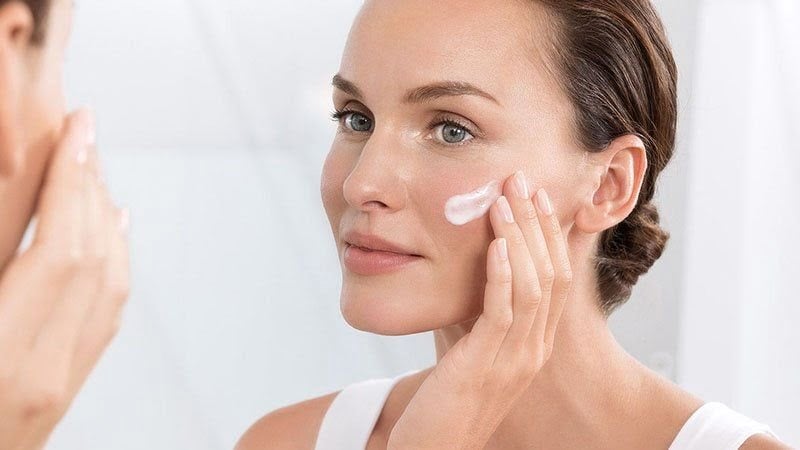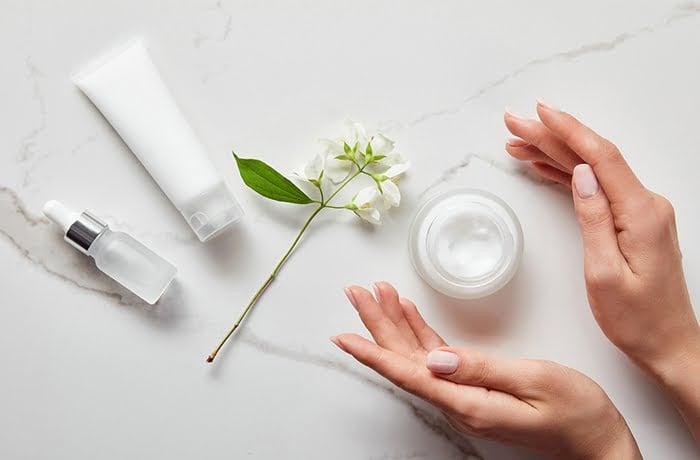If you’ve been hoping for smoother, frizz-free hair, you’ve probably heard of keratin hair treatments, or at least Brazilian blowouts. These one-of-a-kind conditioners are known for their ability to keep hair looking straight, smooth and shiny for up to six months. The only problem is that they are loaded with chemicals and often have a bad reputation as a result. For this reason and knowing very well how useful keratin can be as a hair care component on its own, the brands of beauty started to formulate products infused with keratin at home.
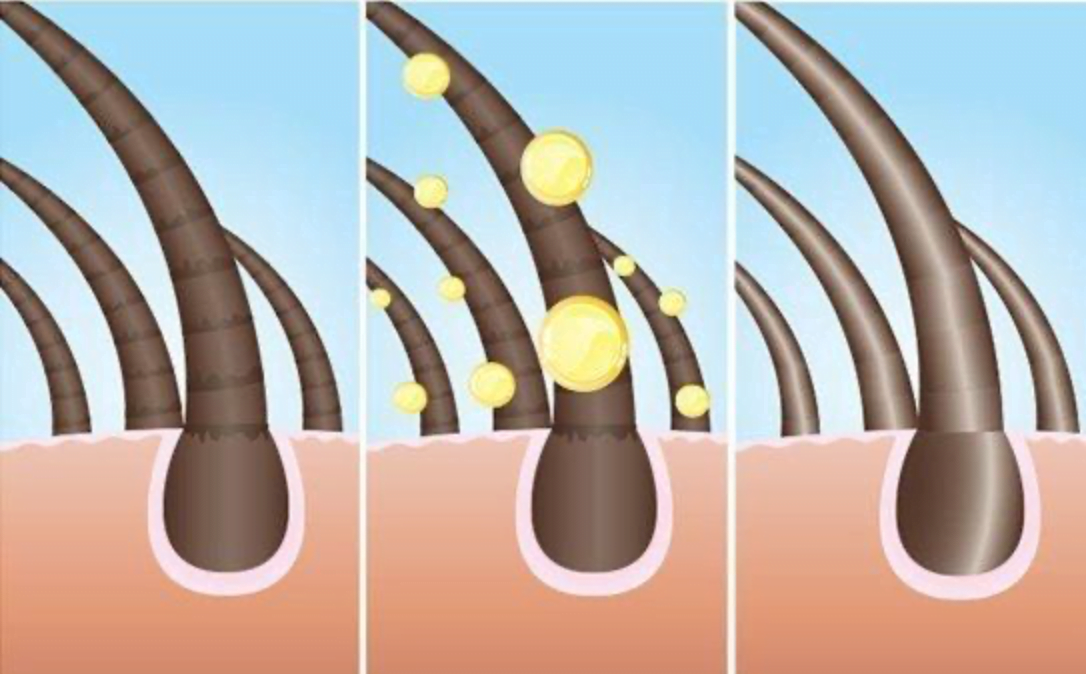
What is keratin?
Cosmetic biochemist Stacey Steinmetz says, “Keratin is a structural and protective protein that makes up hair and nails. It is responsible for preventing breakage, frizz and heat damage to the hair. It can be used to smoothen and remove frizz by applying keratin topically to your hair.” she explains.
Learn from the experts what you need to know about using keratin for hair, including the benefits, the different ways to use keratin, and who it’s best for.
There are two main ways to add keratin to your hair care routine, and the benefits will vary depending on which one you choose. Dermatologist Hadley King says, “Hydrolyzed collagen proteins, when applied topically to hair, can help fill in damaged areas of the hair shaft, increasing strength discontinuously. This is different from keratin treatments, which often contain formalin (formaldehyde and methyl alcohol) to straighten hair. These treatments can damage hair and produce dangerous fumes.” she says. Despite these potential dangers, many people still book keratin treatments at the salon. Ahead, learn the essentials of the ingredient, including how it works to strengthen your hair and the most adequate way to reap the full benefits of keratin.
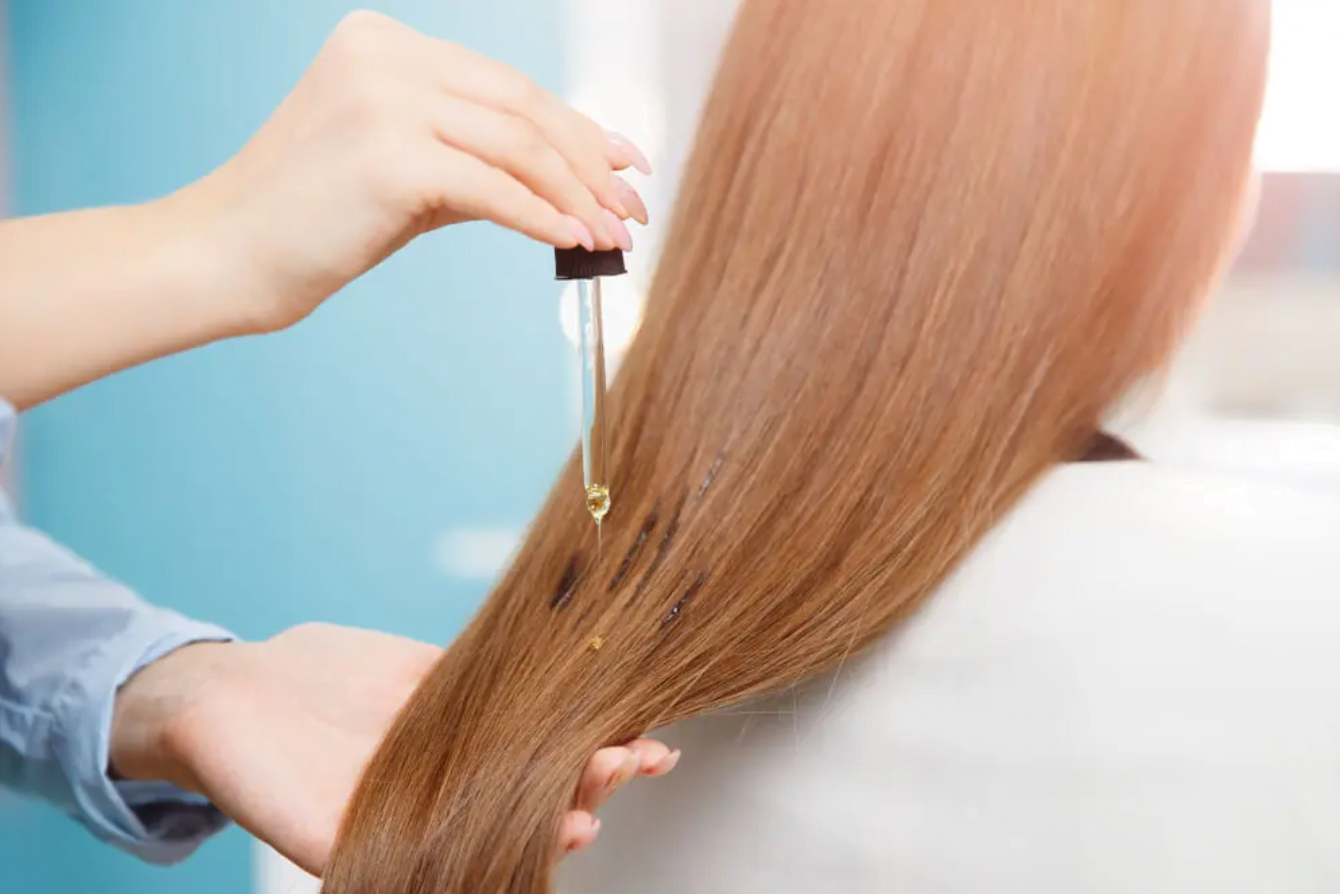
Keratin for hair
Ingredient type: Strengthening smooth
Most important benefits: Repairs the hair shaft, smoothes the strands, adds shine
Who should use it: In general, keratin is most beneficial for those with thick, damaged, frizzy hair. People with thin, brittle hair may not be successful either.
How often can it be used: Keratin-infused artifacts can be used daily at home. However, in-salon chemical keratin hair treatments should only be scheduled every few months.
Works well with: Since keratin is a naturally occurring protein with smoothing benefits that minimize frizz and make hair shiny and manageable, other works can amplify the benefits of keratin. Natural oils such as argan help restore moisture to damaged skin. Hair and silicone-based products can help smooth the surface of the hair even more.
Do not use with: Trichologist Gretchen Friese says that if you have a salon keratin treatment on your hair, you should avoid sodium chloride, parabens, and sodium lauryl sulfates, and points out that doing so will help with hair resort. However, if you’re using gentler, residential keratin-infused artifacts, no ingredient is off-limits.

Keratin benefits for hair
Before we dive into the keratin benefits for hair, let’s be clear on what keratin is and how it affects hair. For starters, keratin is the cornerstone of hair structure. It is a fibrous protein that literally makes up each strand of hair. As the hair is damaged, it needs all the help it can get to repair and strengthen its natural structure. Keratin treatments and keratin treatments offer many benefits to your hair.
Strengthens hair: Whether you opt for a keratin hair treatment at the salon or at home, you can expect to see a difference in your hair. At-home keratin products help strengthen hair damaged by chemical and mechanical damage. In fact, studies have shown that keratin helps strengthen strands by 40%.
Smoothes hair and reduces frizz: Keratin artifacts, often found in oil or serum form, can result in a smoother, brighter and healthy looking mane.
Adds shine: Adds a lot of shine to your hair as keratin helps to soften hair cuticles and fill in damaged areas on the hair shaft. The results can be more striking with applications made in the salon, but the products used in the residence can also create shiny and healthy looking hair.
Reduces the appearance of split ends: Keratin helps strengthen and smooth the hair cuticles, which reduces the appearance of split ends. Stronger strands mean less breakage, which encourages hair growth.
Reduces drying time: Keratin treatment actually reduces the porosity in your hair, which means less water retention in the hair cuticles. This means that it can slightly reduce the blow-dry time.
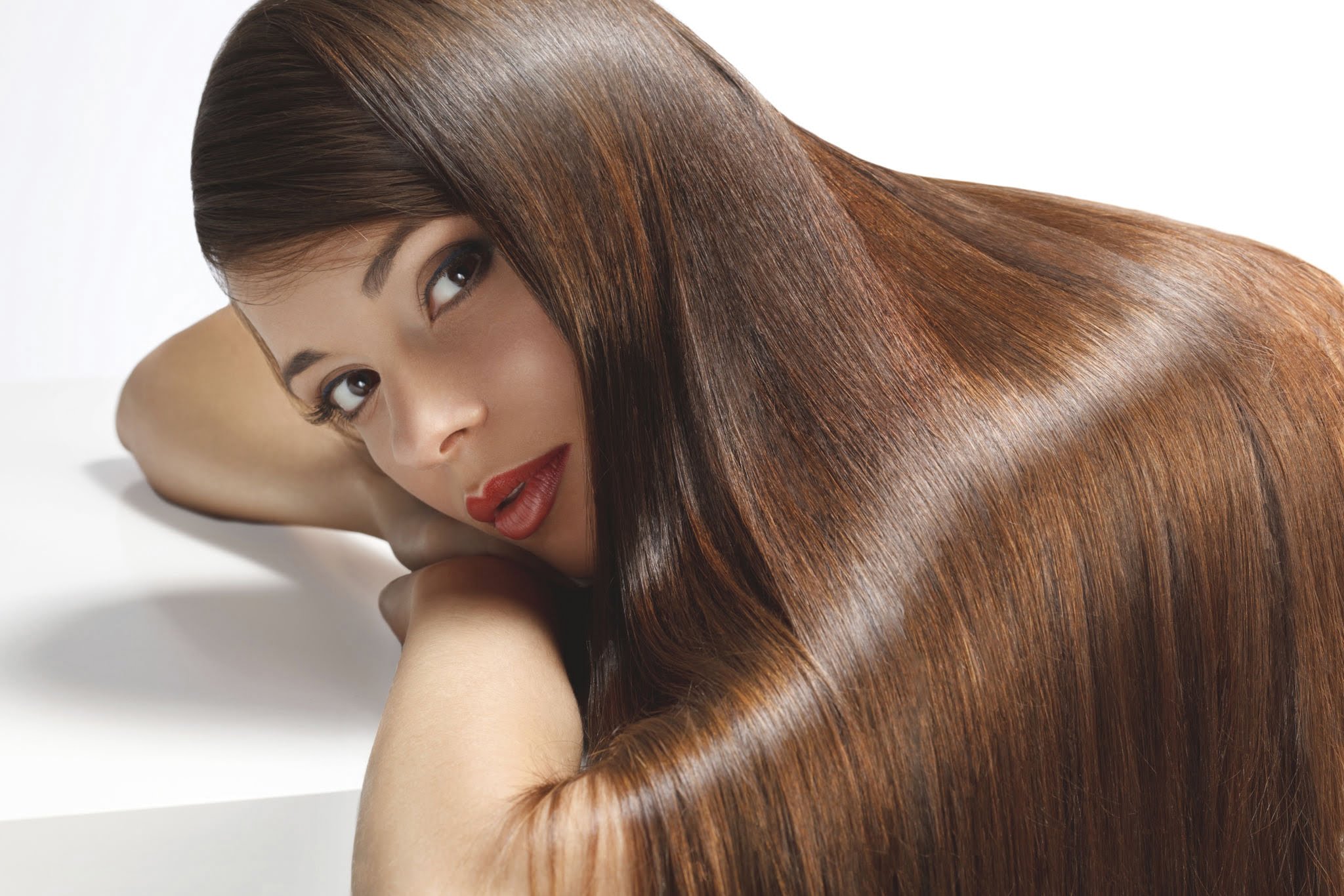
Considerations on hair types
Keratin treatments performed at home or in the salon show the best results on people with dry, damaged and generally unruly hair type. Additionally, Steinmetz says that keratin treatments can be great for people who want to achieve a fuller appearance, as they are said to bind to fine hair and give a fuller appearance. That’s a bit of a double-edged sword, however, as as Steinmetz points out, brittle hair strands can be suffocated by the harsh chemicals in an at-salon keratin treatment, not to mention the heat damage required to seal it.
Steinmetz says that pregnant women and people with respiratory problems should stay away from who should not get keratin hair treatment at the salon. “Salon keratin treatments largely contain formaldehyde,” she admits. “Some hairdressers have reported breathing problems from using keratin treatment products and breathing in the fumes repeatedly over time. Therefore, pregnant women should avoid taking this treatment. People who are sensitive to formaldehyde or breathing problems should also avoid keratin treatments.”
This does not mean that you should avoid residential keratin treatments. After all, these are much more confident and do not contain the chemicals and fumes associated with salon techniques. However, Friese points out that there is such a thing as too much protein. “If hair feels dry after using a keratin treat, stay away from this type of treatment and use a damp one instead,” she instructs.
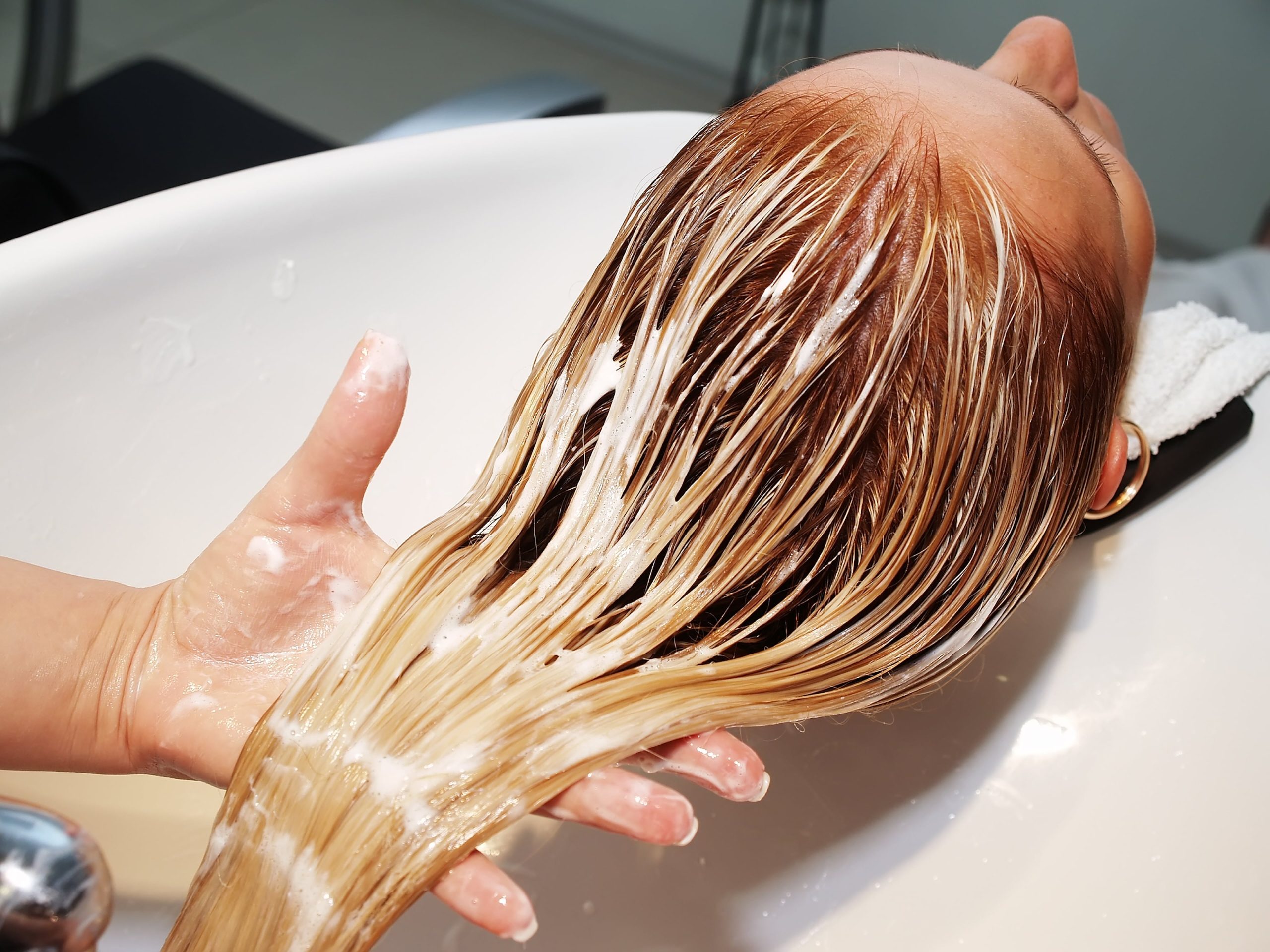
How to apply keratin for hair?
There are several ways to use keratin for hair to reap all the benefits, including stronger hair that is shiny and free of frizz. While keratin treatments at the salon may seem trendy and convenient, the sheer amount of damage they can do to your hair makes them not worth it. In conclusion, if you want to smooth and strengthen your hair for special events or even everyday events, opting for more faithful, gentler residential formulas is the right way to go.
Steinmetz points out that while the benefits are short-term, there are shampoos, conditioners, and finishing works that apply a layer of keratin to hair to keep it looking shiny and shiny while reducing frizz. This does not make home artefacts undesirable. After all, would you rather apply a daily or weekly treat and enjoy healthy-looking hair, or a one-time salon treatment with the potential to damage your hair and lungs? Motamot is just that.
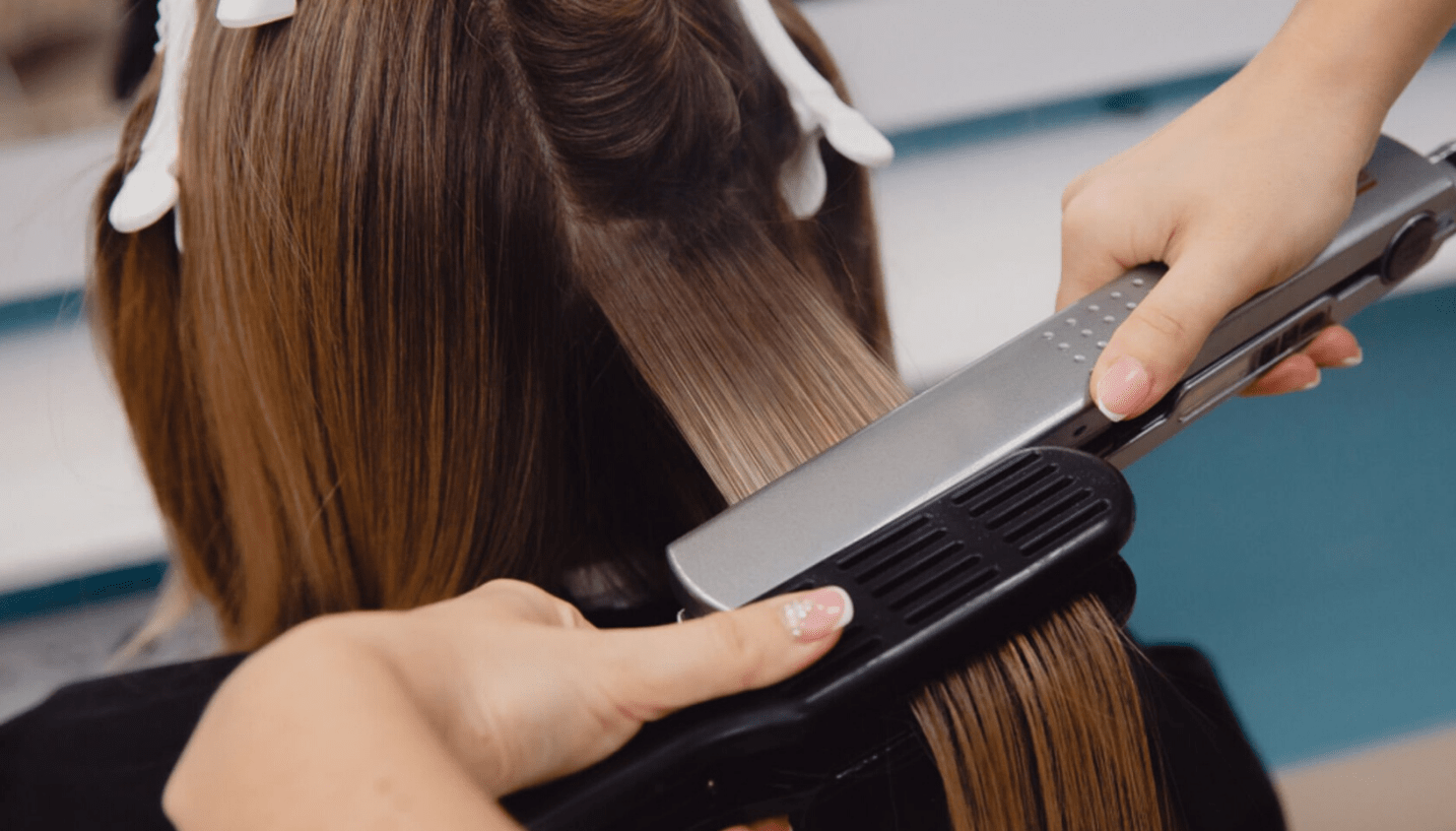
Several ways to use keratin in your hair
Keratin treatments in the salon: In-salon keratin treatments (also known as Brazilian Blow Drys), keratin to lock protein into the hair, chemicals and uses high heat. Results are temporary and often last up to six months. As mentioned earlier, the problem is that to reap these benefits, you have to expose yourself to potentially harmful chemicals, which is why Brazilian blowouts often happen a lot. While in-salon keratin treatments are technically an option, more than one time is not recommended.
Smooth hair and add shine as a styling serum: Keratin-containing styling serum applied while the hair is still wet not only makes the hair shiny and smooth, but also shortens the drying time.
Moisturizing oil treatment: When used as an oil treatment, keratin is often mixed with other oils (like Abyssinian oil or Argan oil) to not only soften and dissolve, but also moisturize your locks.
Use as a benefits strengthening shampoo: You can also get all the strengthening and smoothing of keratin in one shampoo. Shampoos that you leave healthy and frizz-free and whose clean formula does not contain harsh chemicals will work very well.
Repairing hair mask: You can use a keratin-infused hair mask to help repair ultra-dry and damaged locks as well as color-processed or heat-damaged hair.
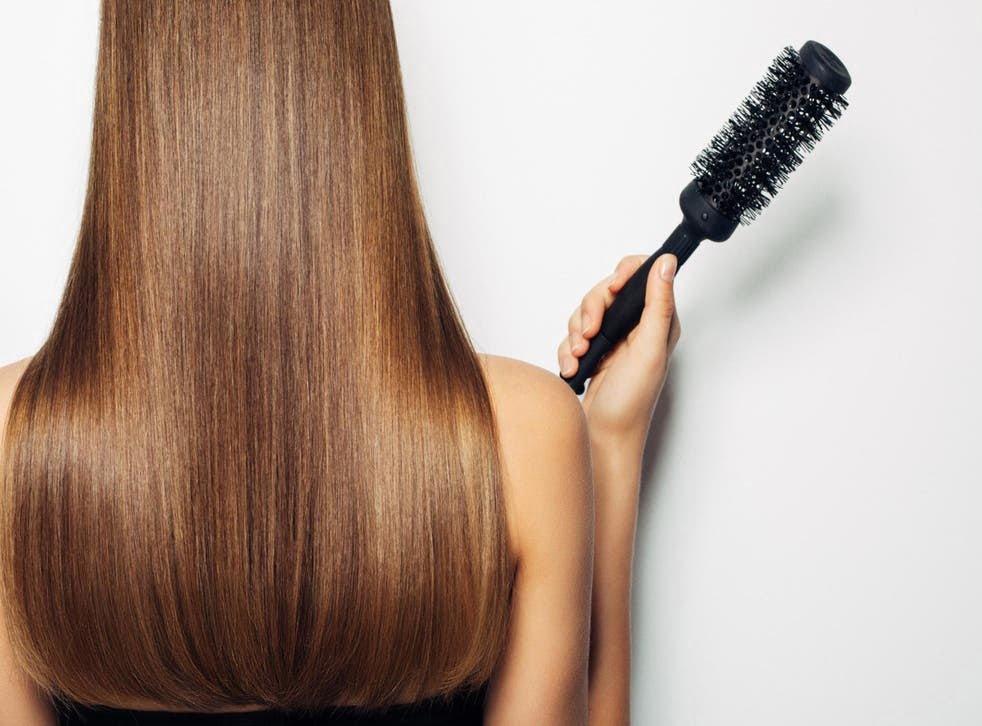
Top questions and answers
Can keratin make your hair grow?
Keratin doesn’t actually make new hair grow, but it strengthens your hair strands, which means less breakage, which in turn encourages hair growth.
Does keratin change hair permanently?
In-salon keratin treatments are considered semi-permanent hair straightening as they typically take about three to six months. Keratin-enhanced products, such as serums and hair masks, provide short-term benefits, but contain fewer chemicals and are much gentler.
Can a keratin treatment change the color of my hair?
Yes, a keratin treatment at the salon can change the color of your hair and it will often look lighter afterwards. Those with gray hair may find that their hair looks more yellow. A toner can be used to restore the hair to its usual color. Keratin-added artifacts that you frequently use at home do not change the color of your hair.
Can I have a keratin treatment to straighten my hair at home?
When you apply the work at home, there is a promise to have straight and smooth hair for up to five months, such as salon application, there are also keratin treatments that can be used at home, usually for about an hour. The combination of materials can be quite inconvenient. You should either do a treatment at the salon or stick to keratin-infused artifacts that have similar results, albeit more discontinuous.
